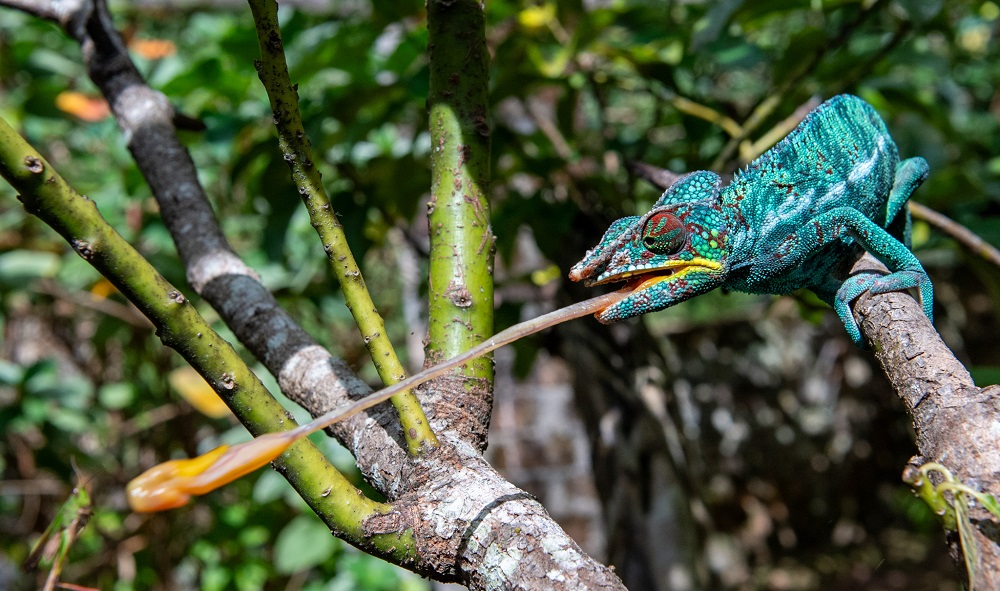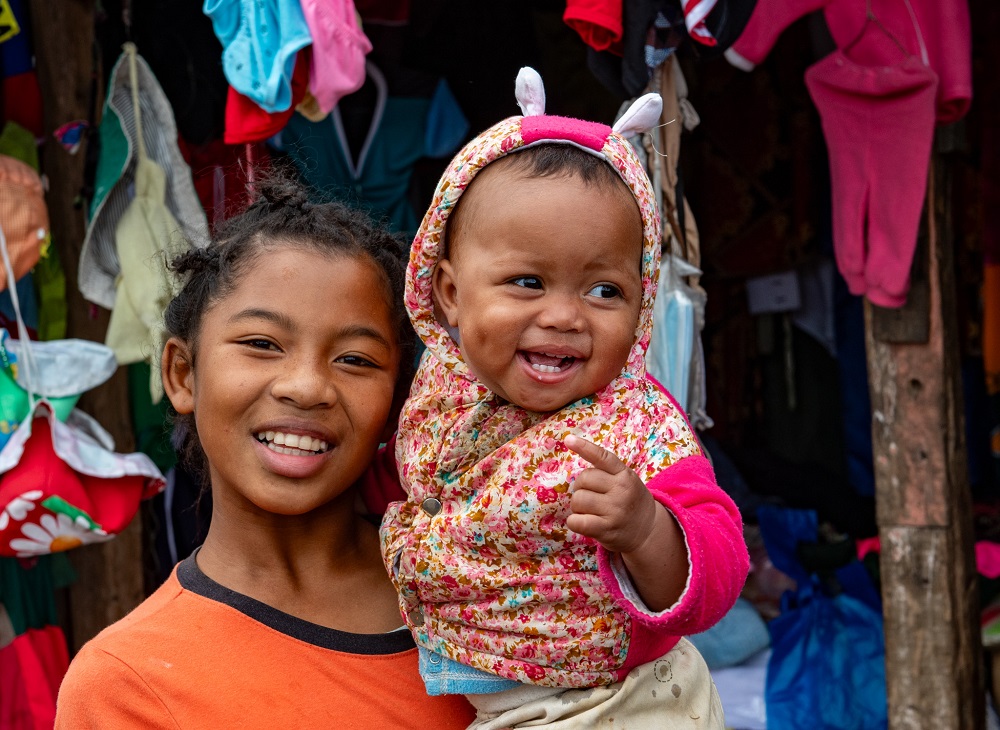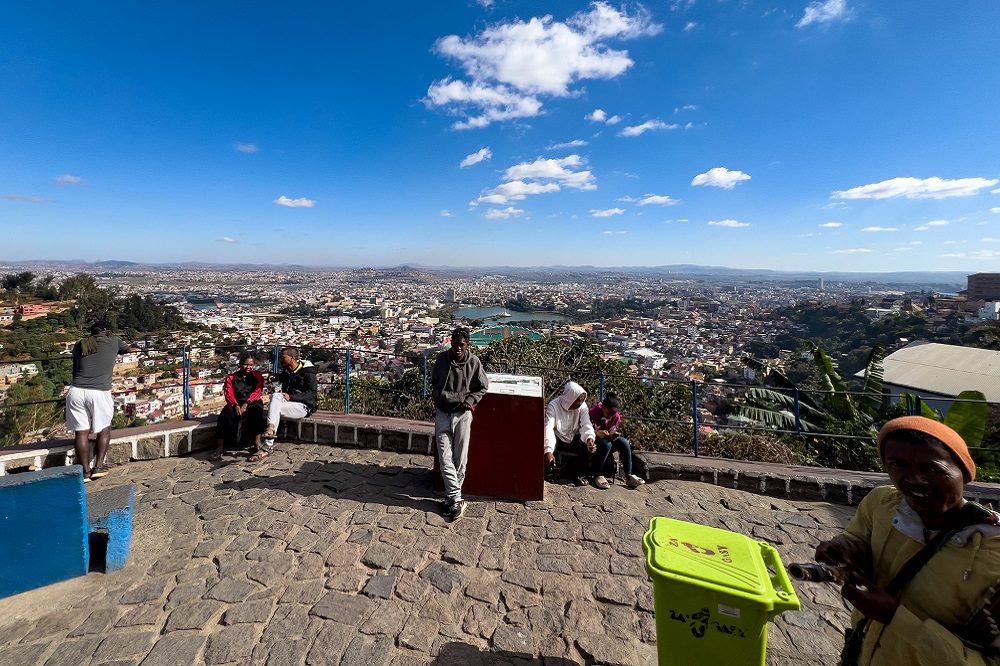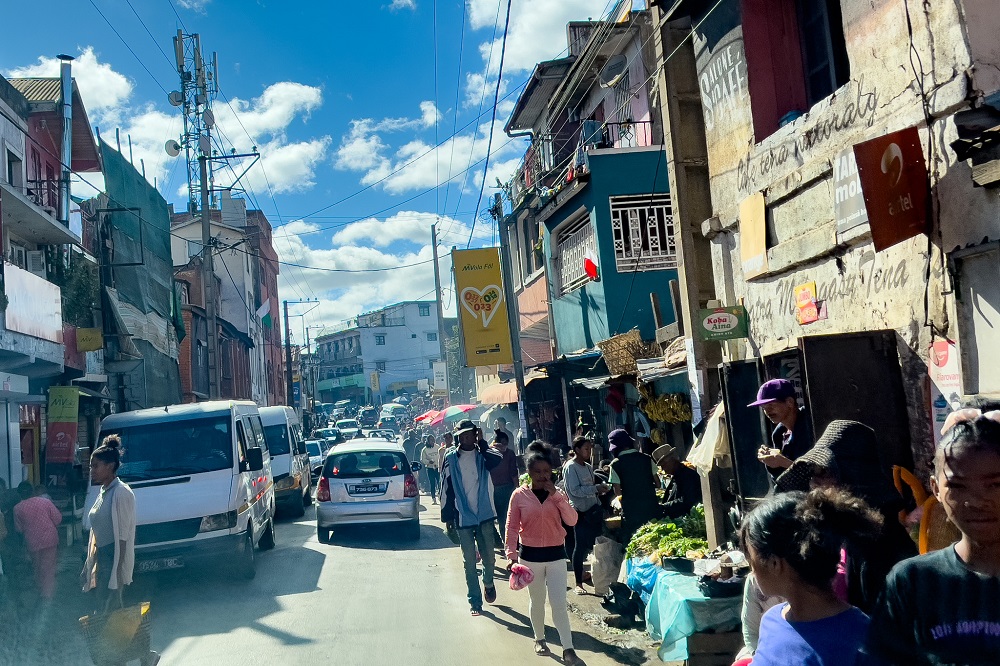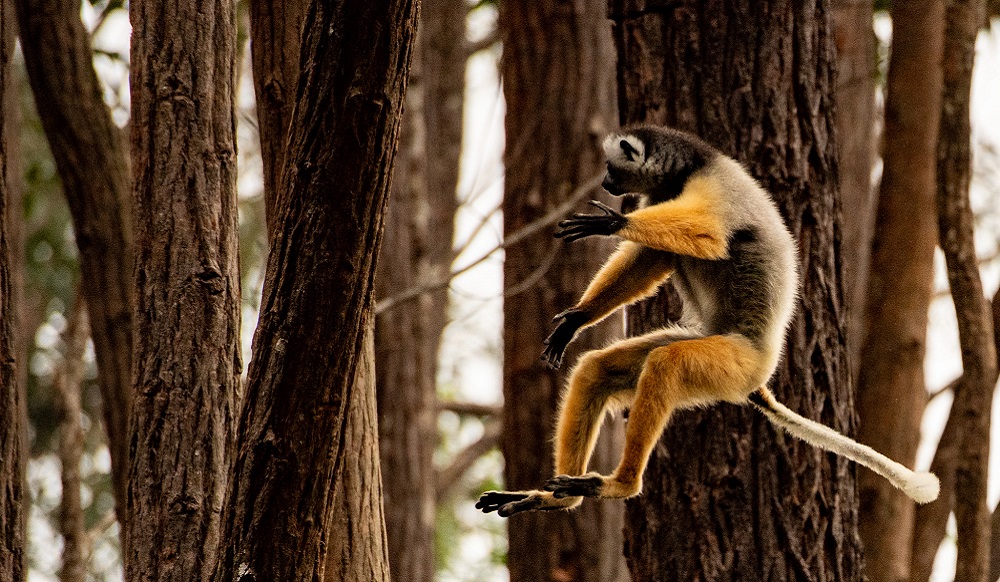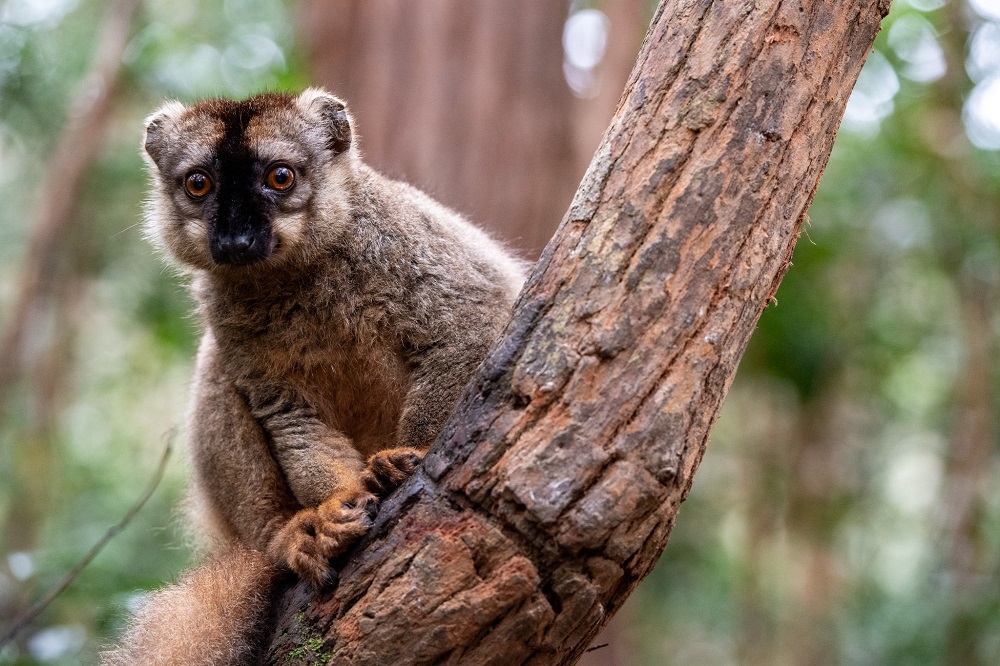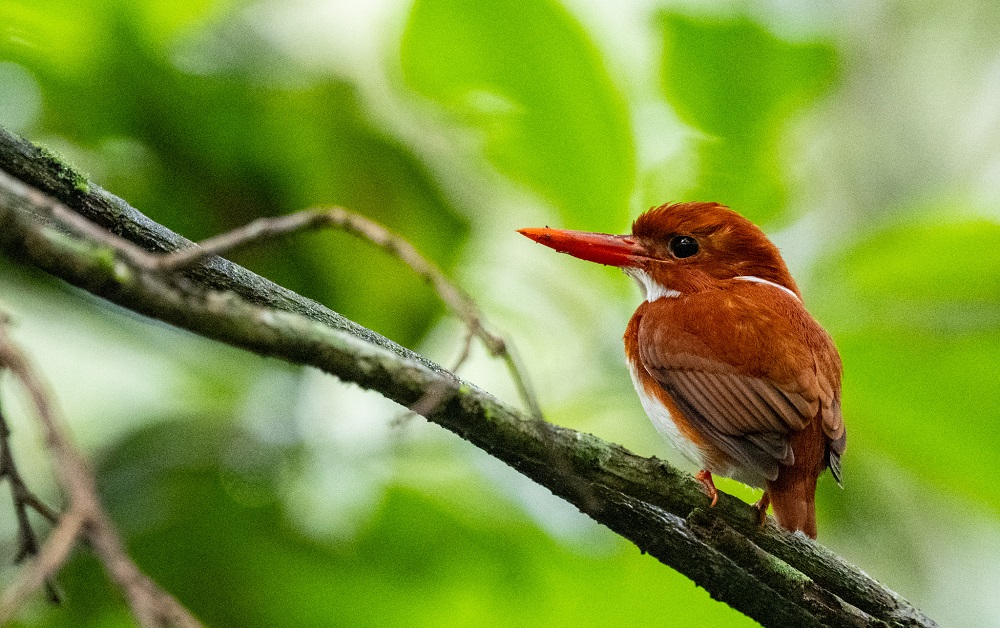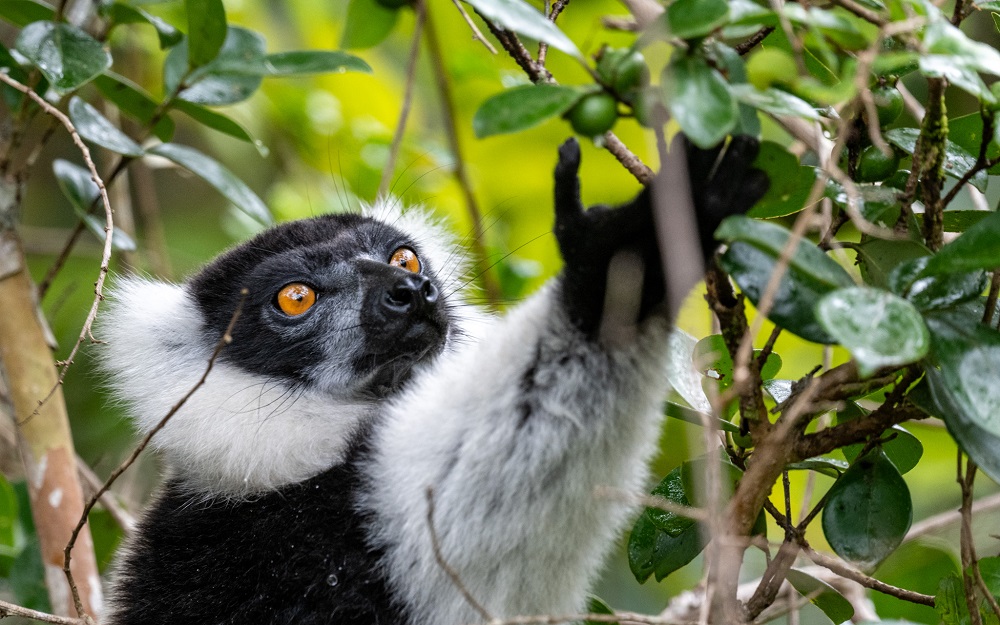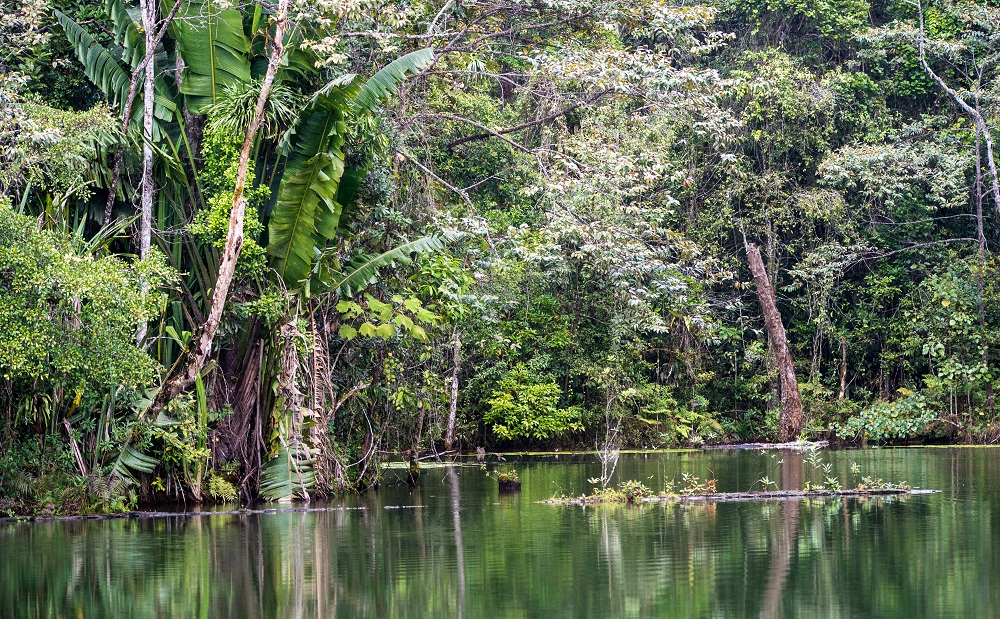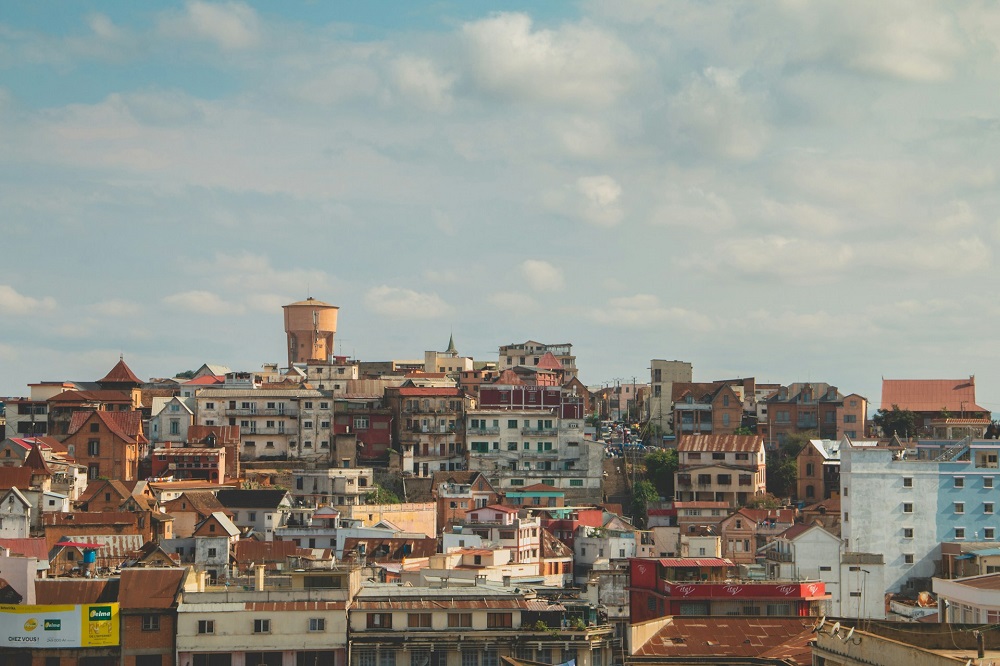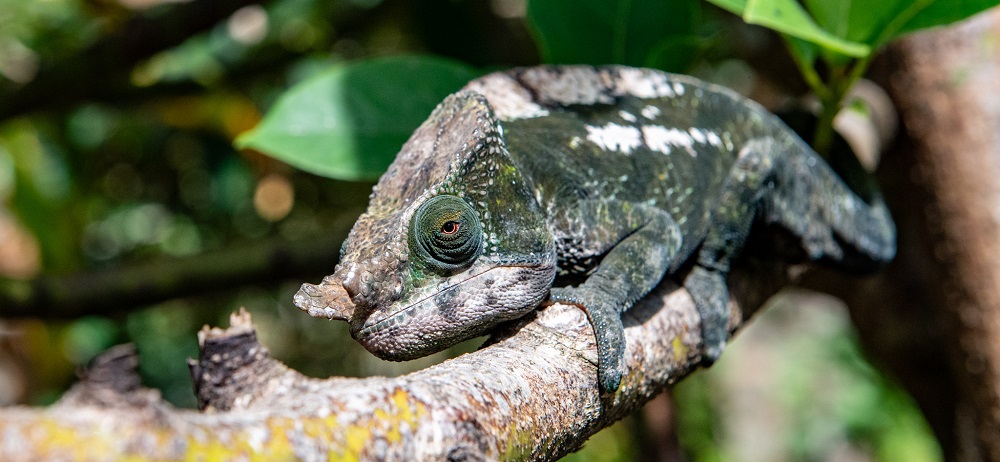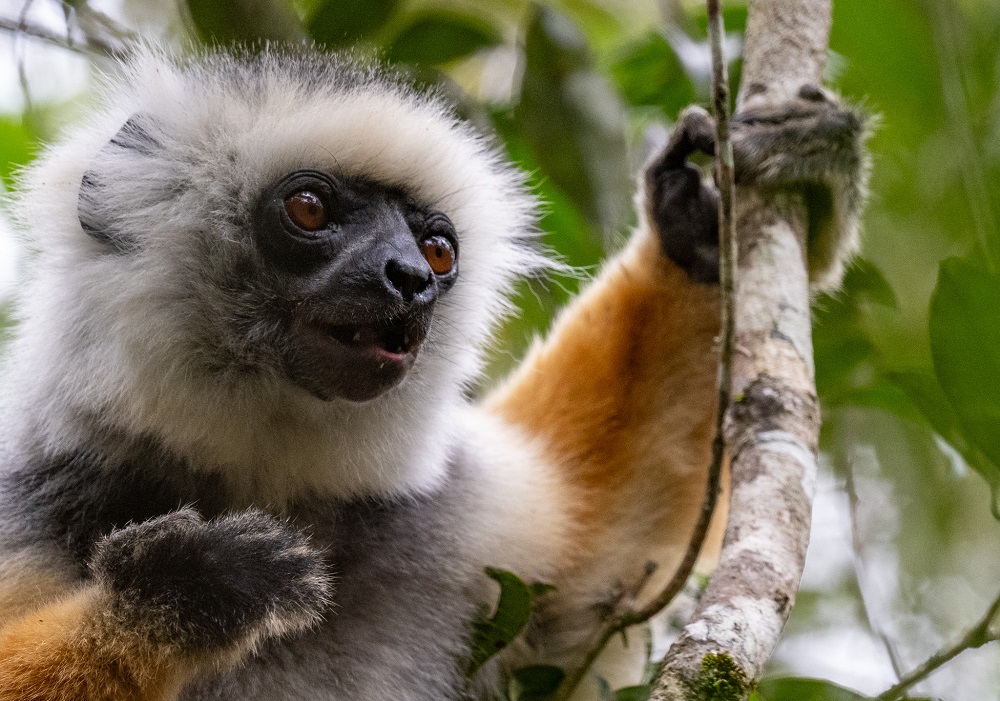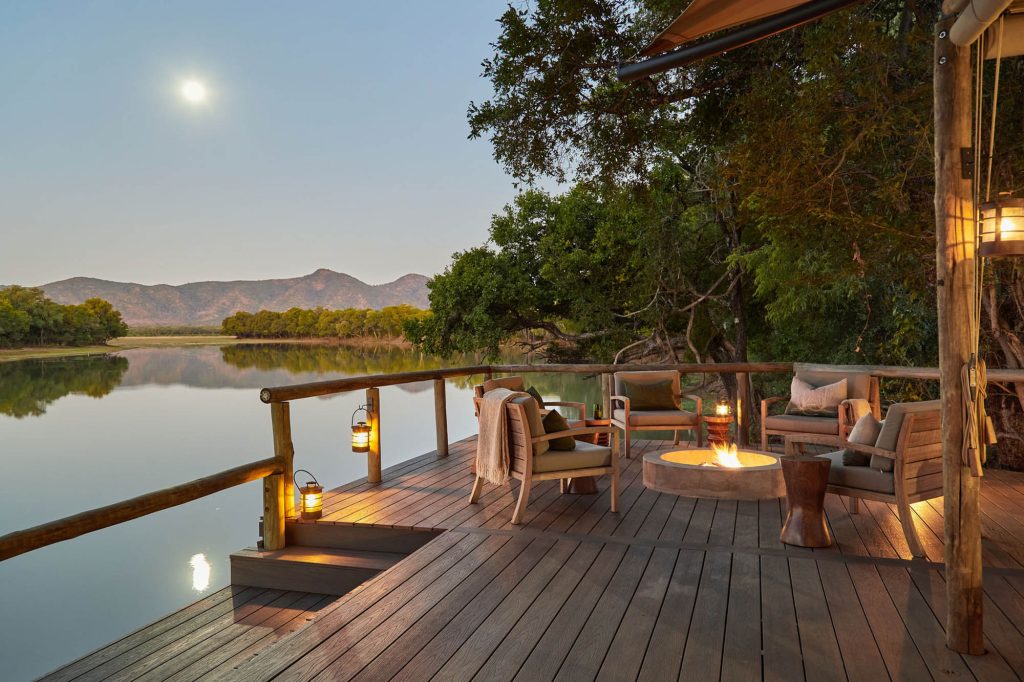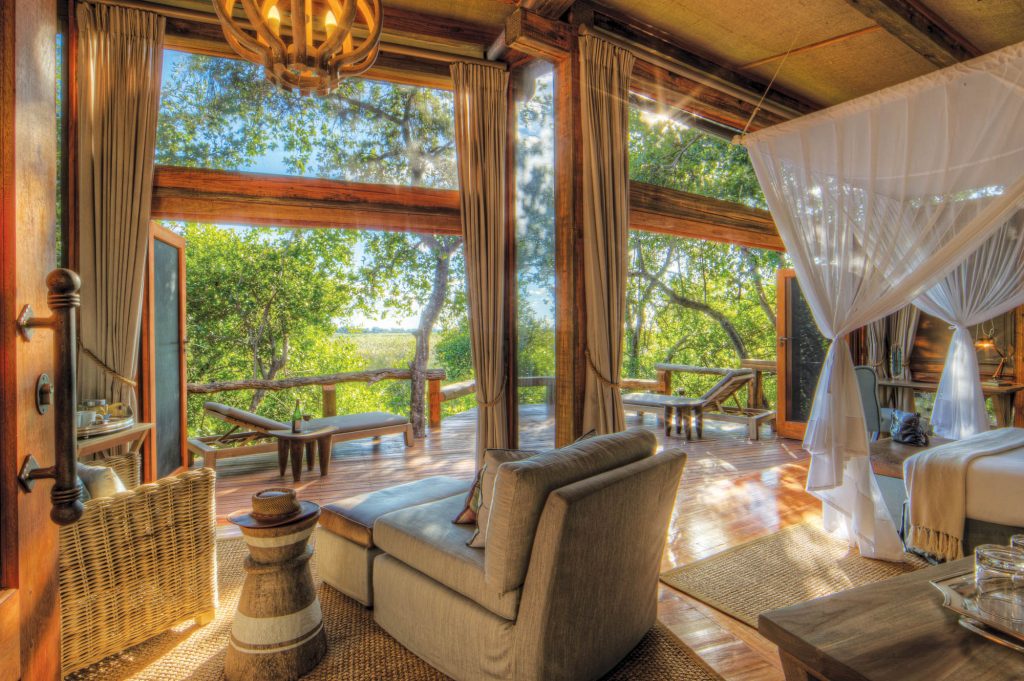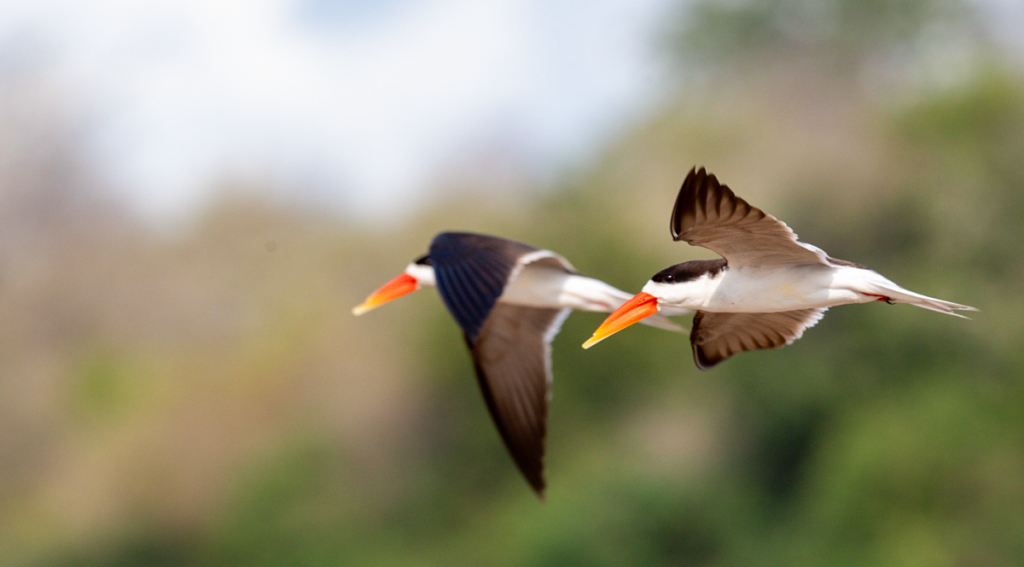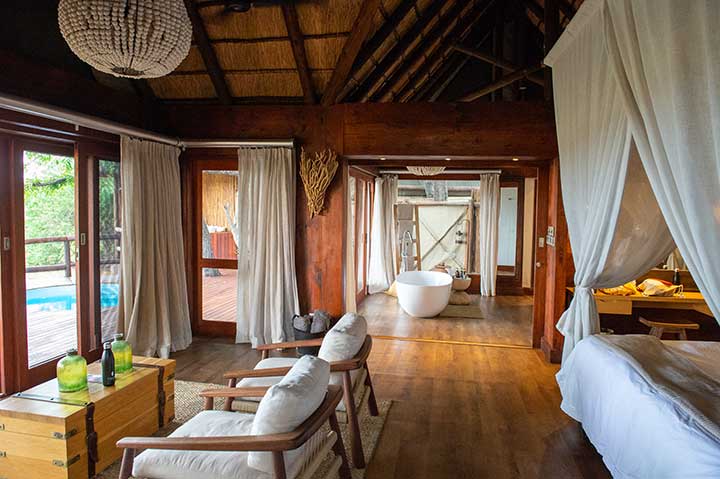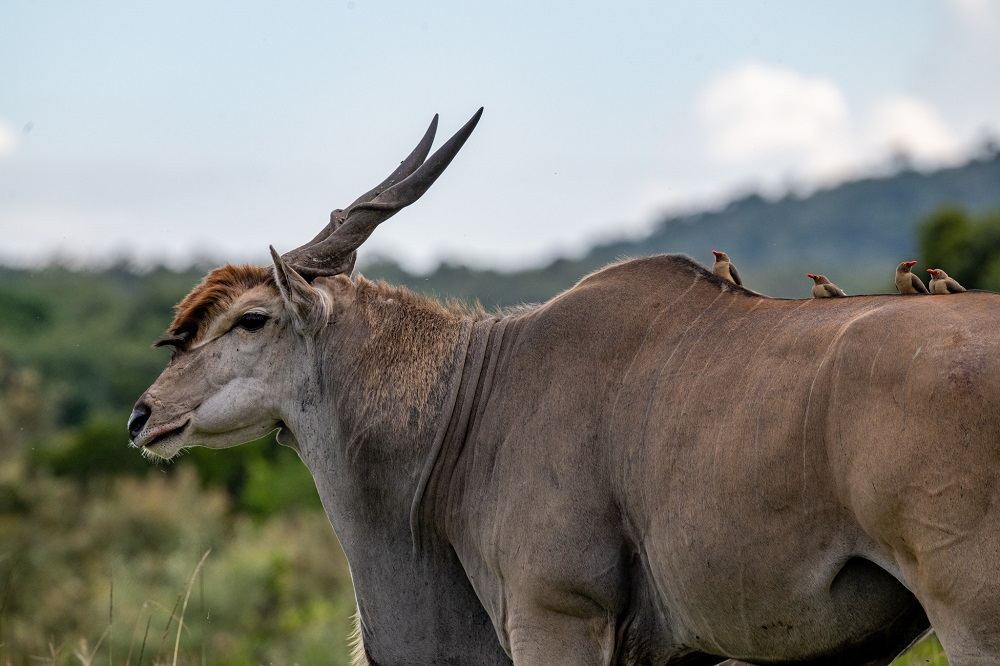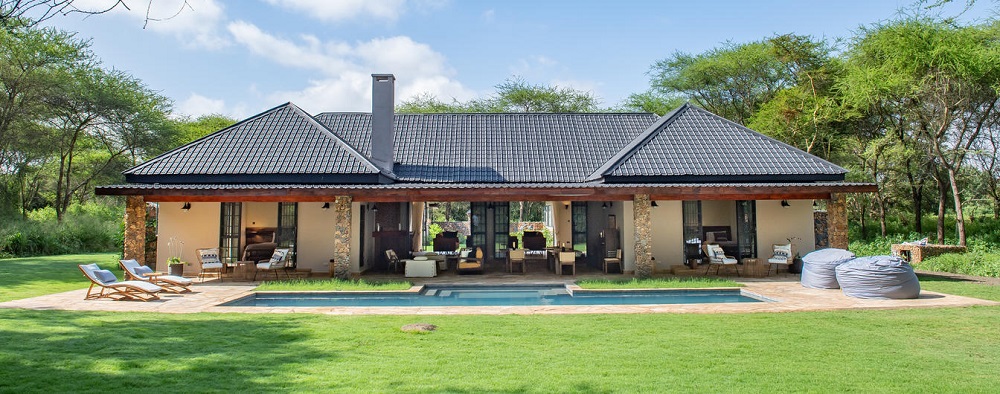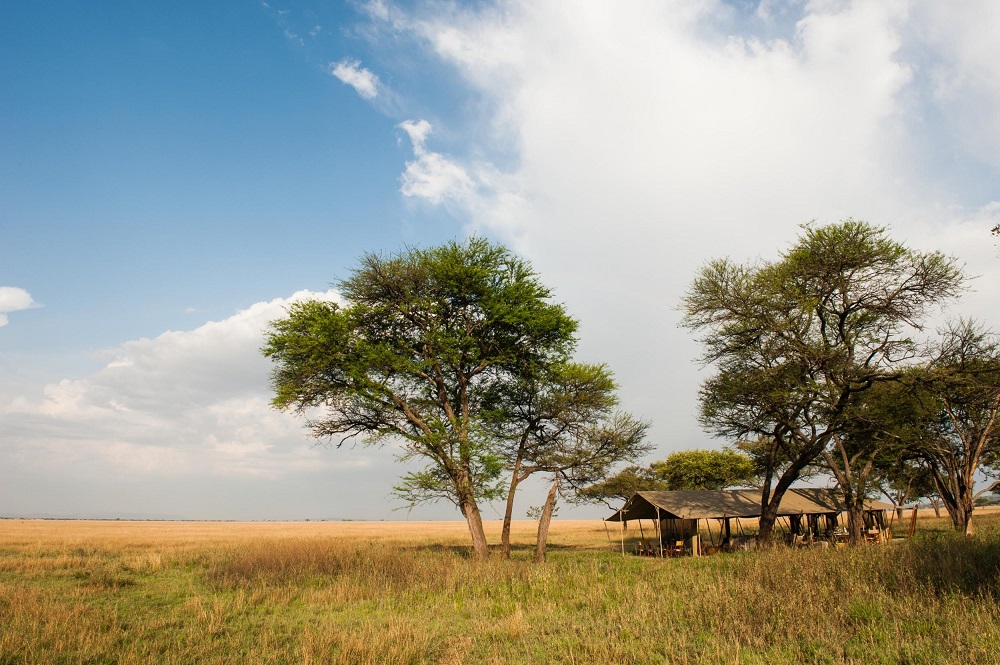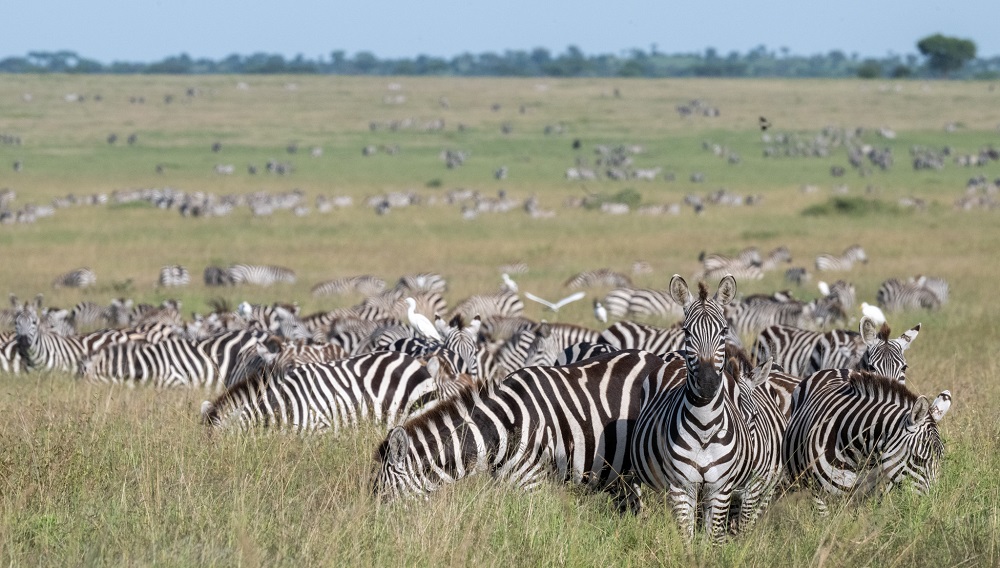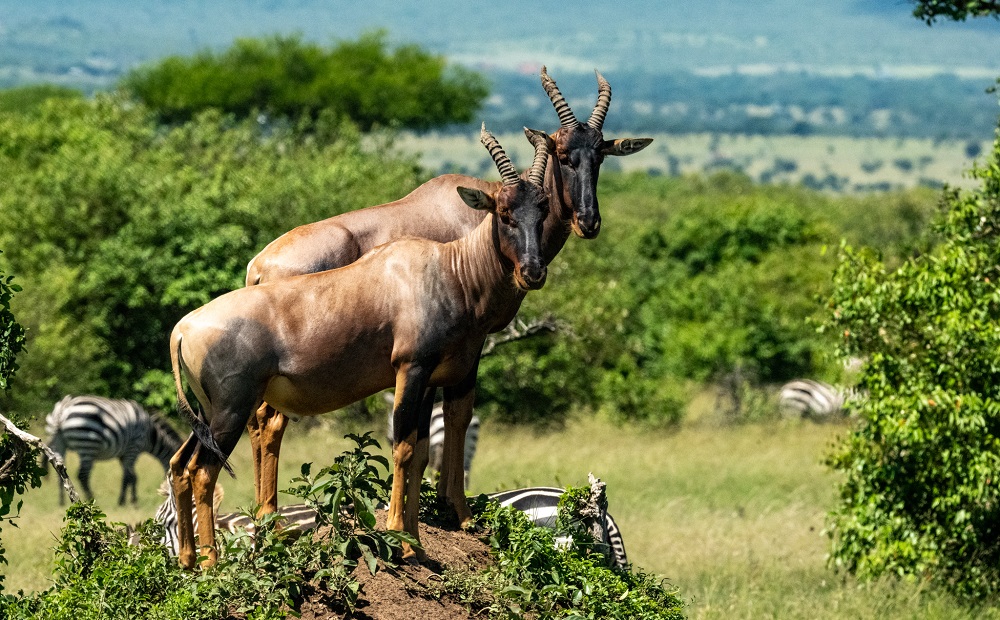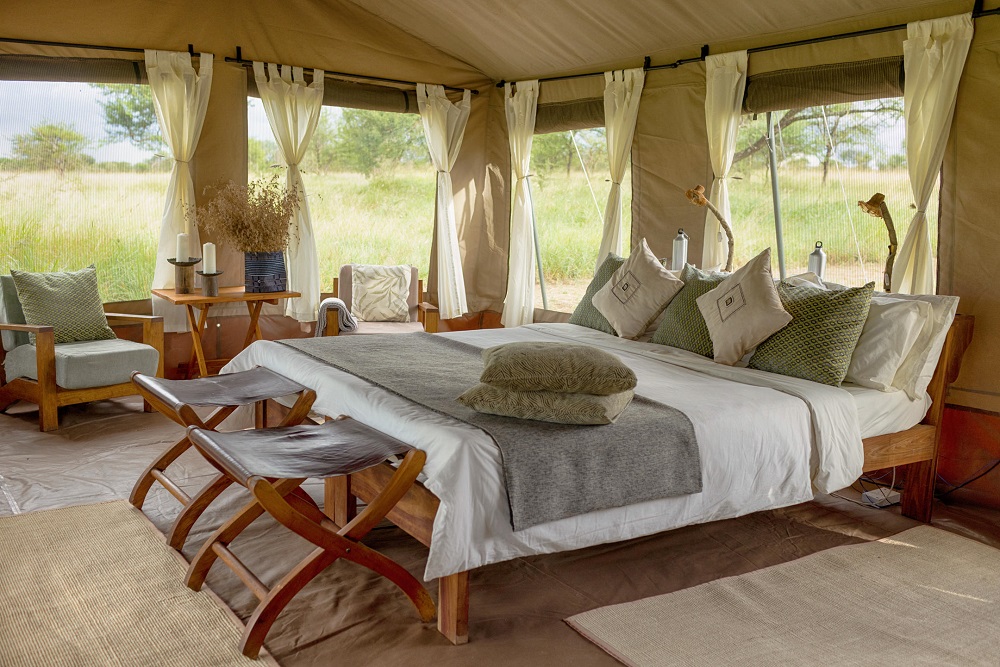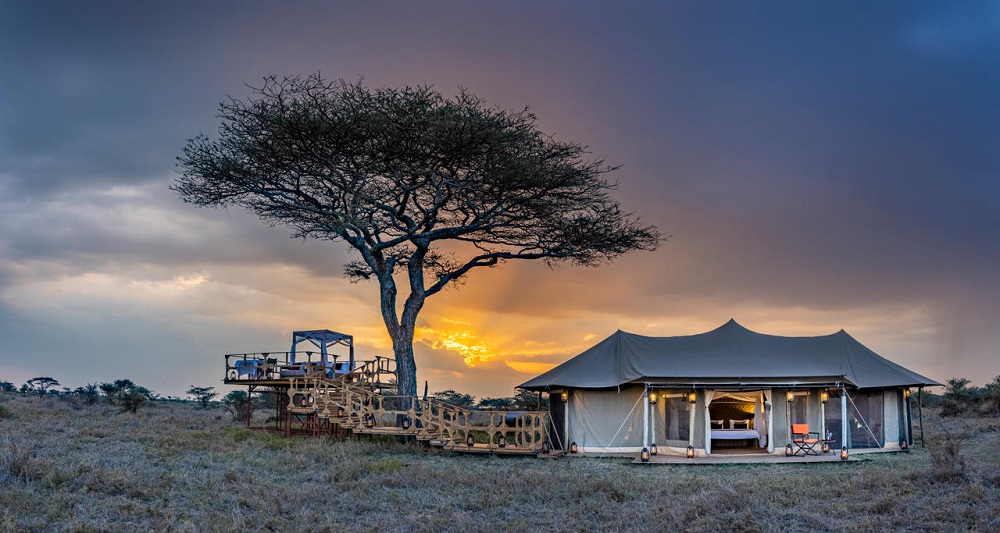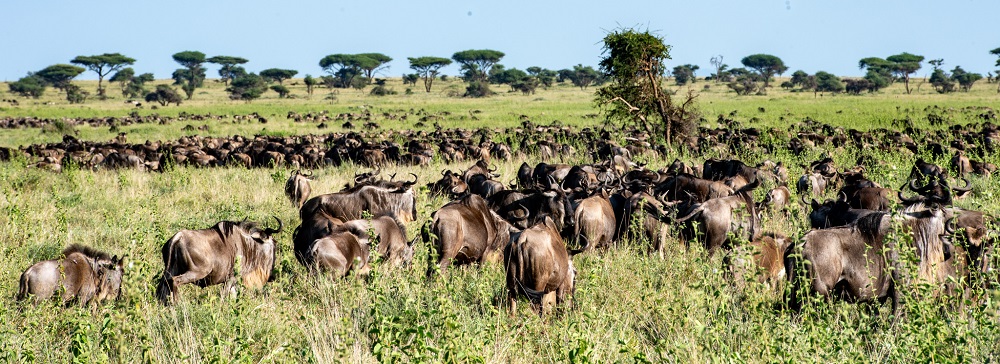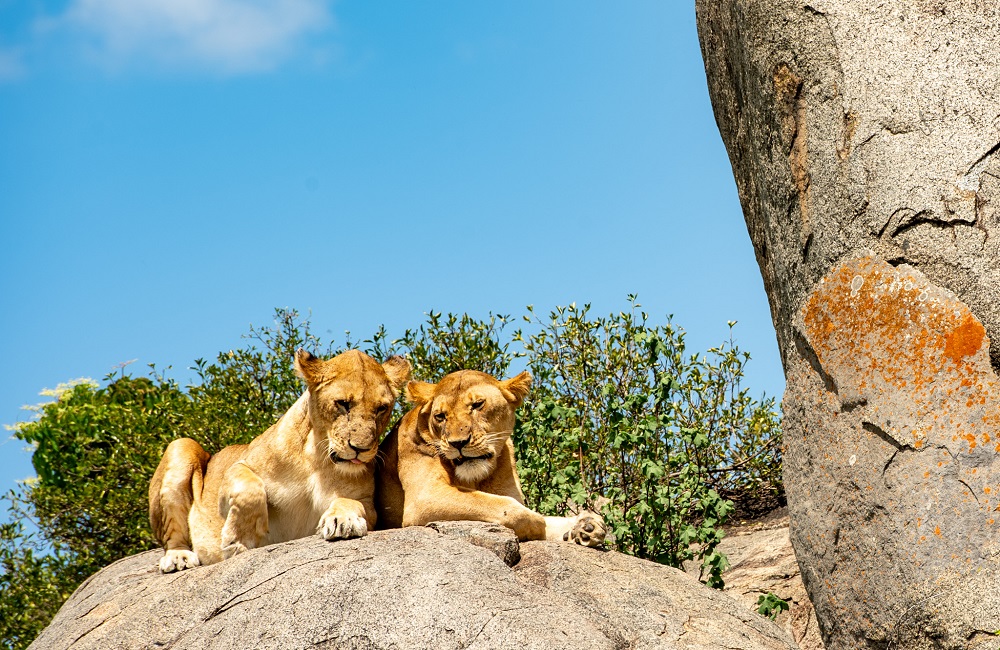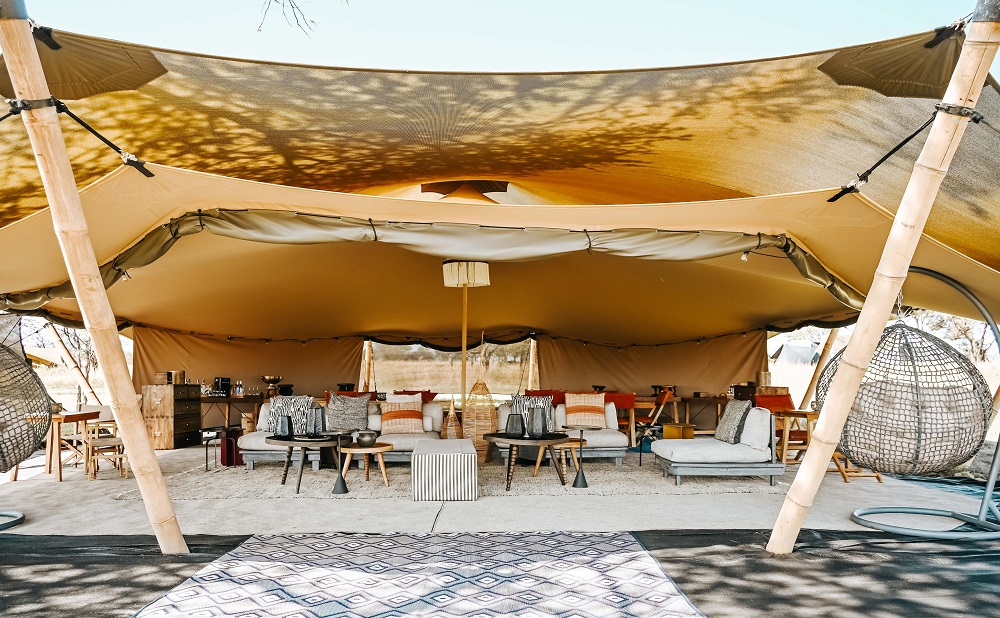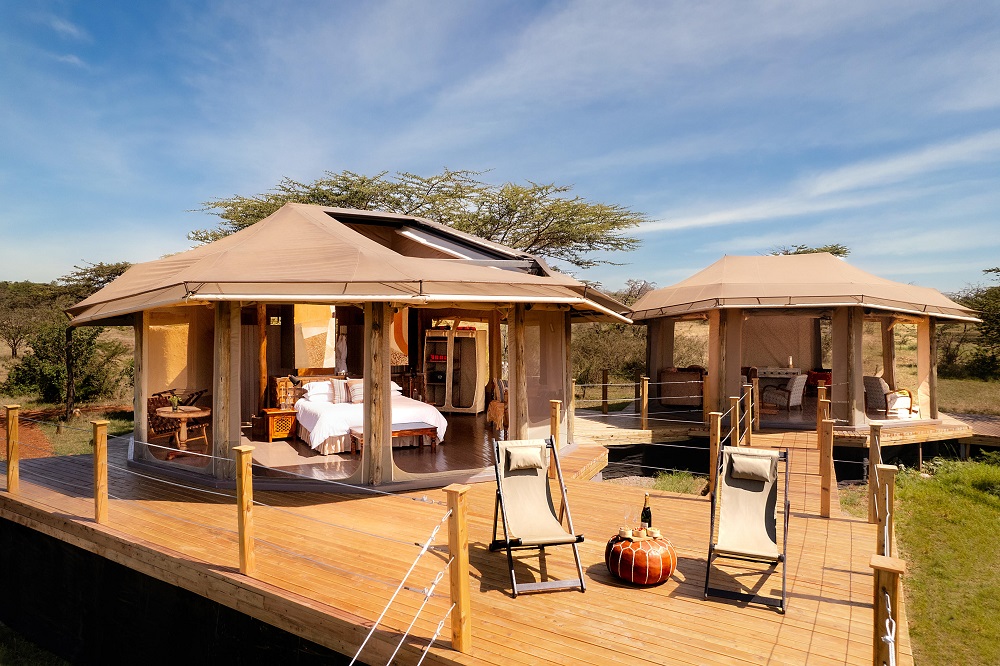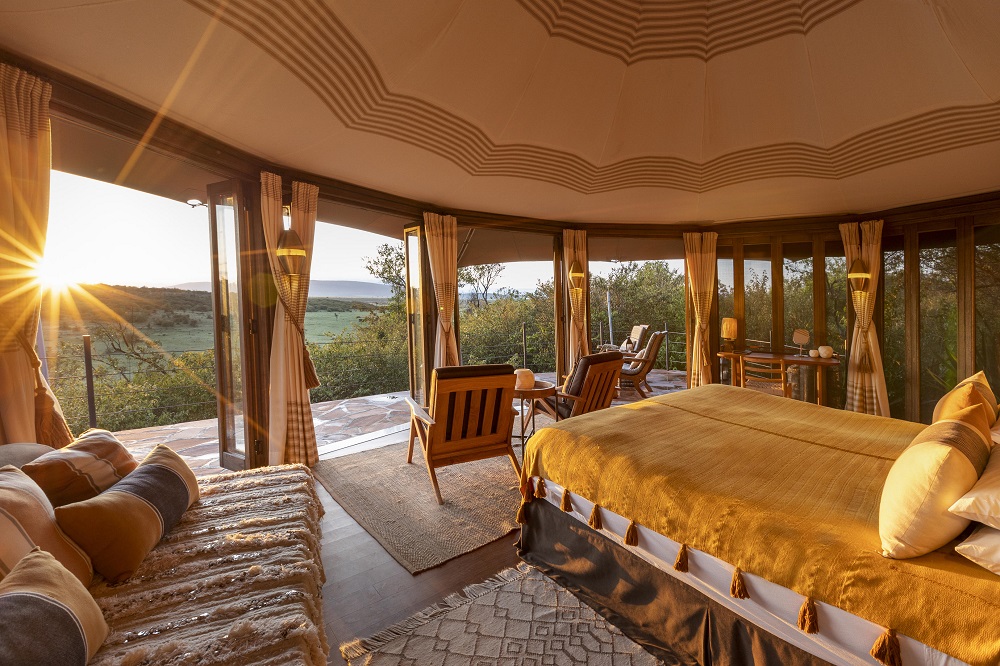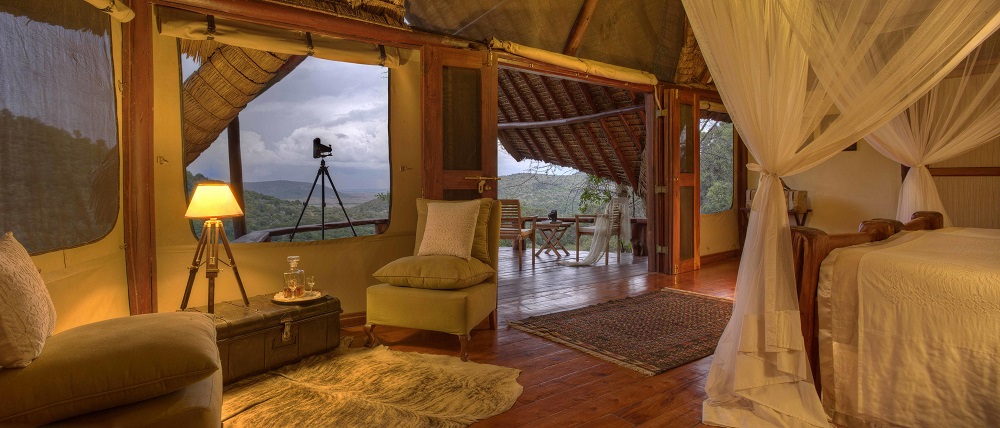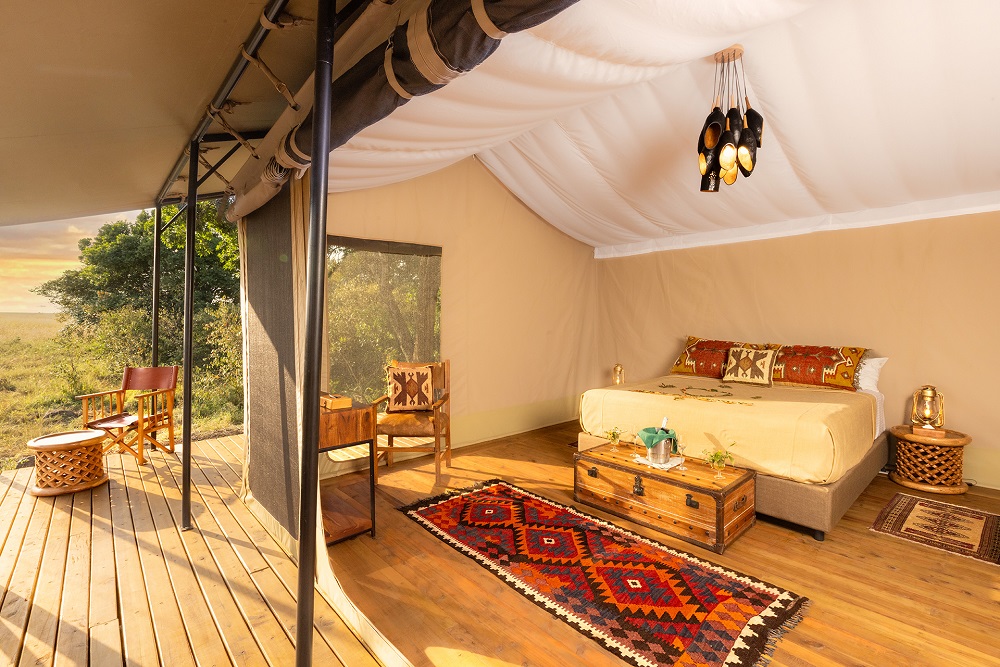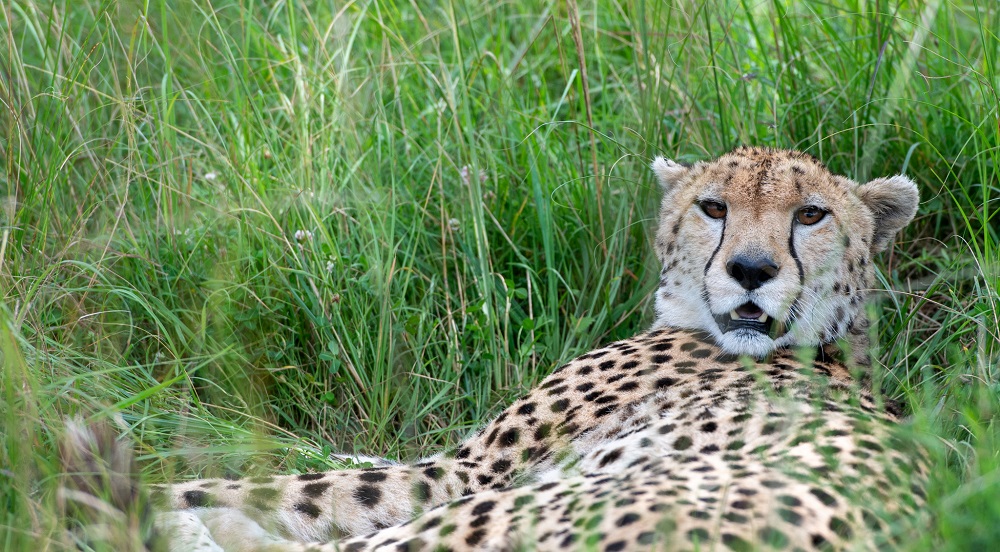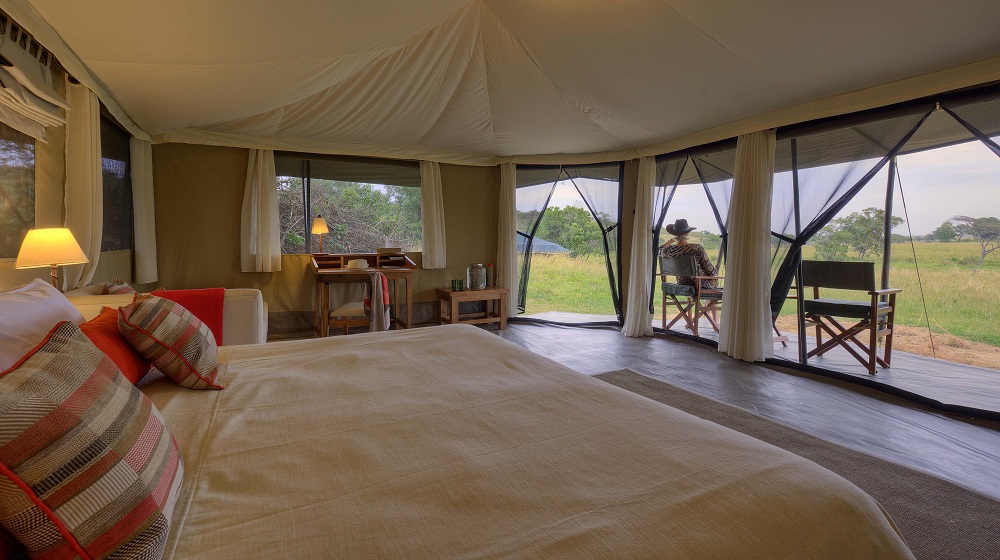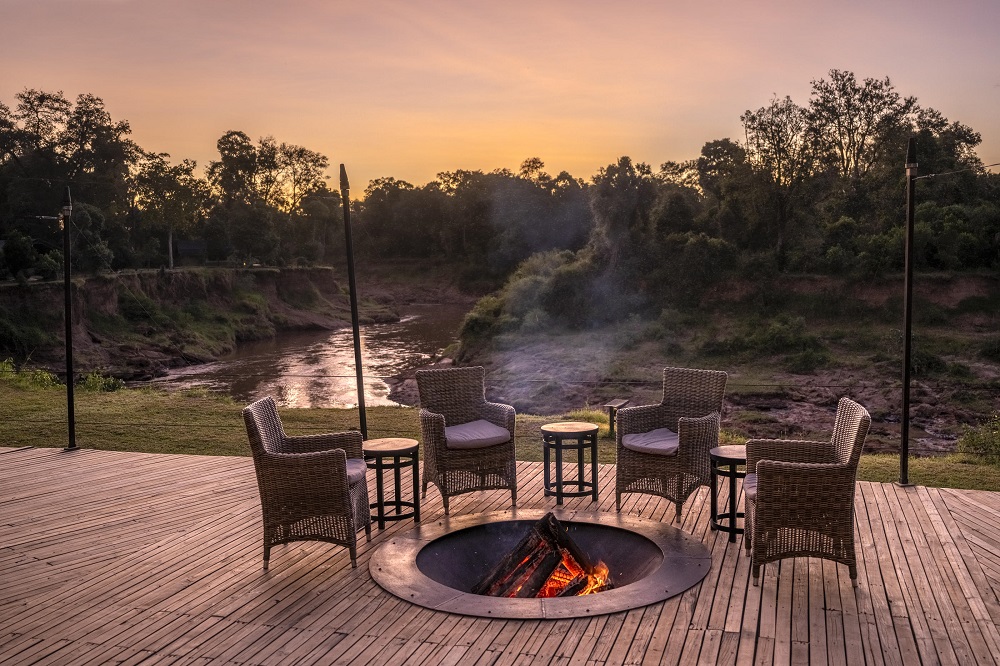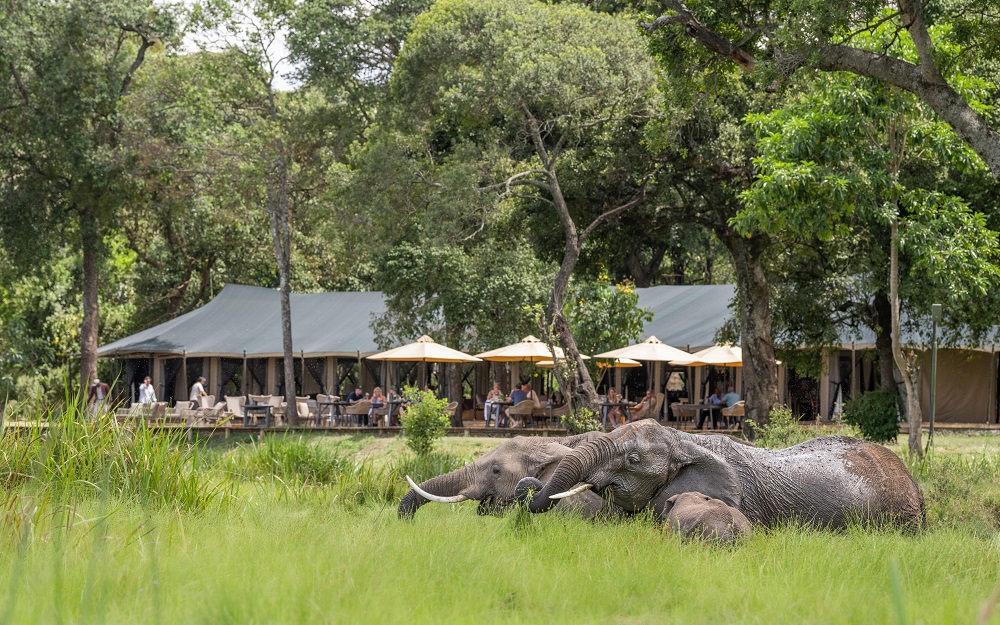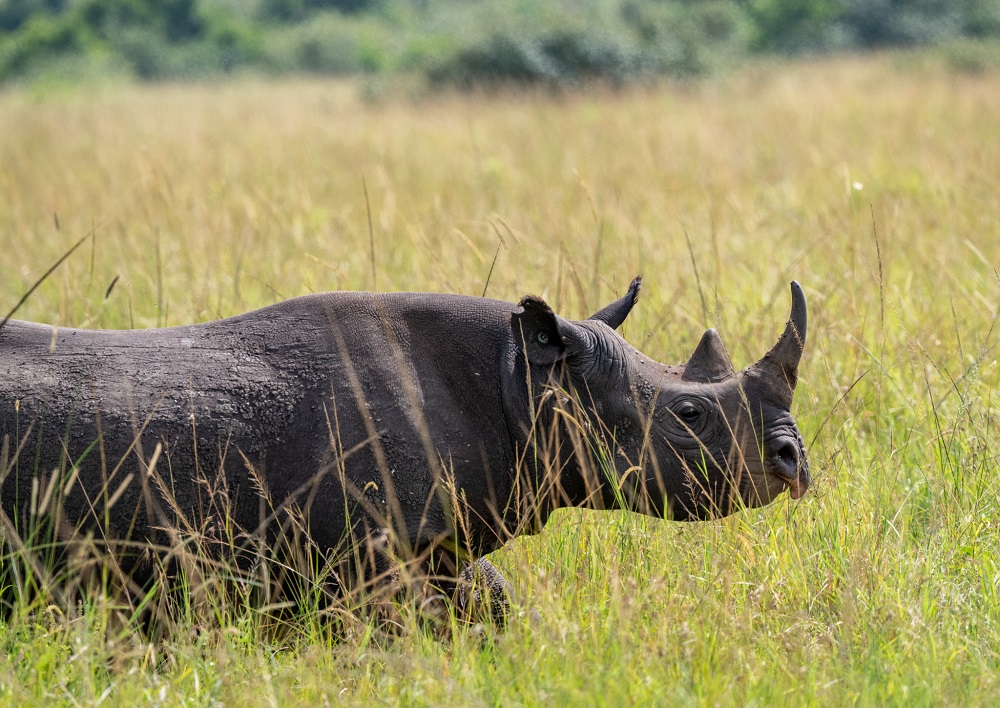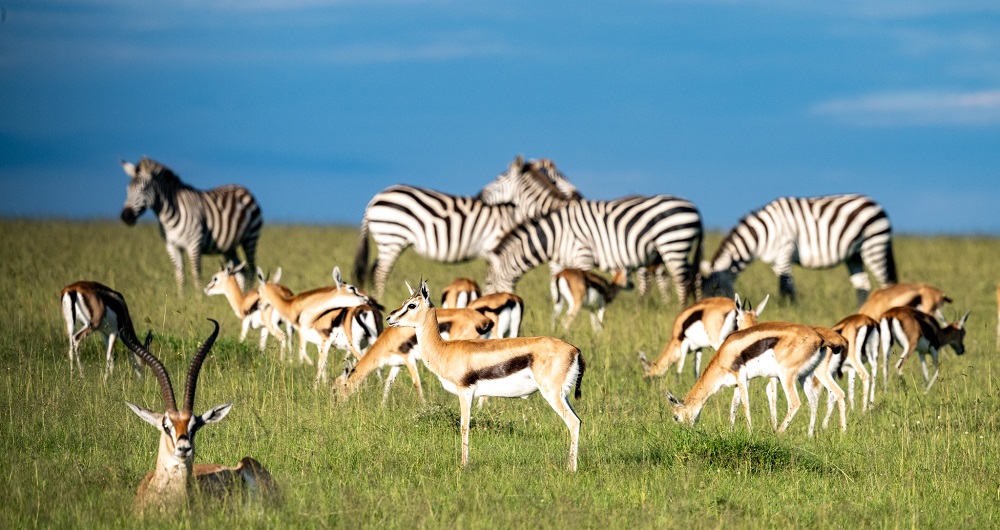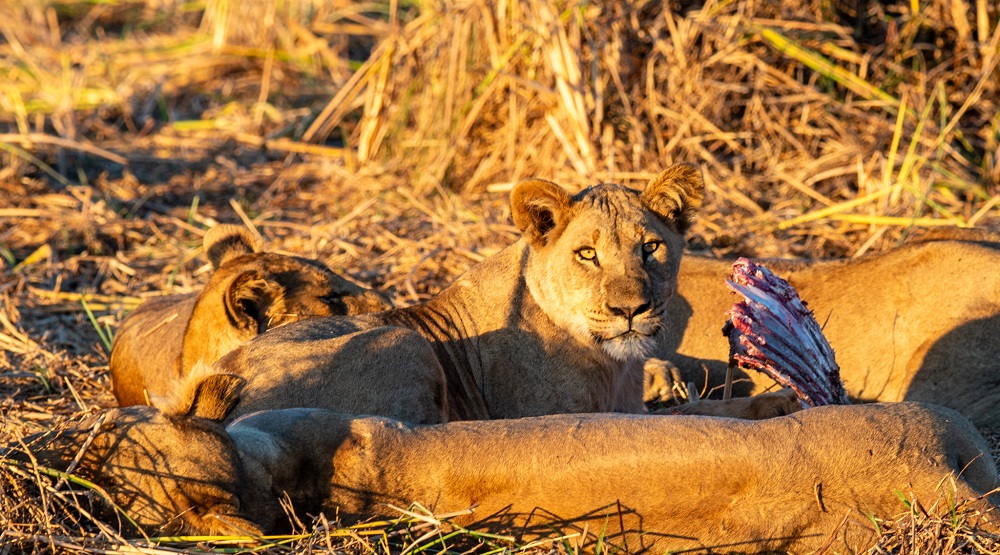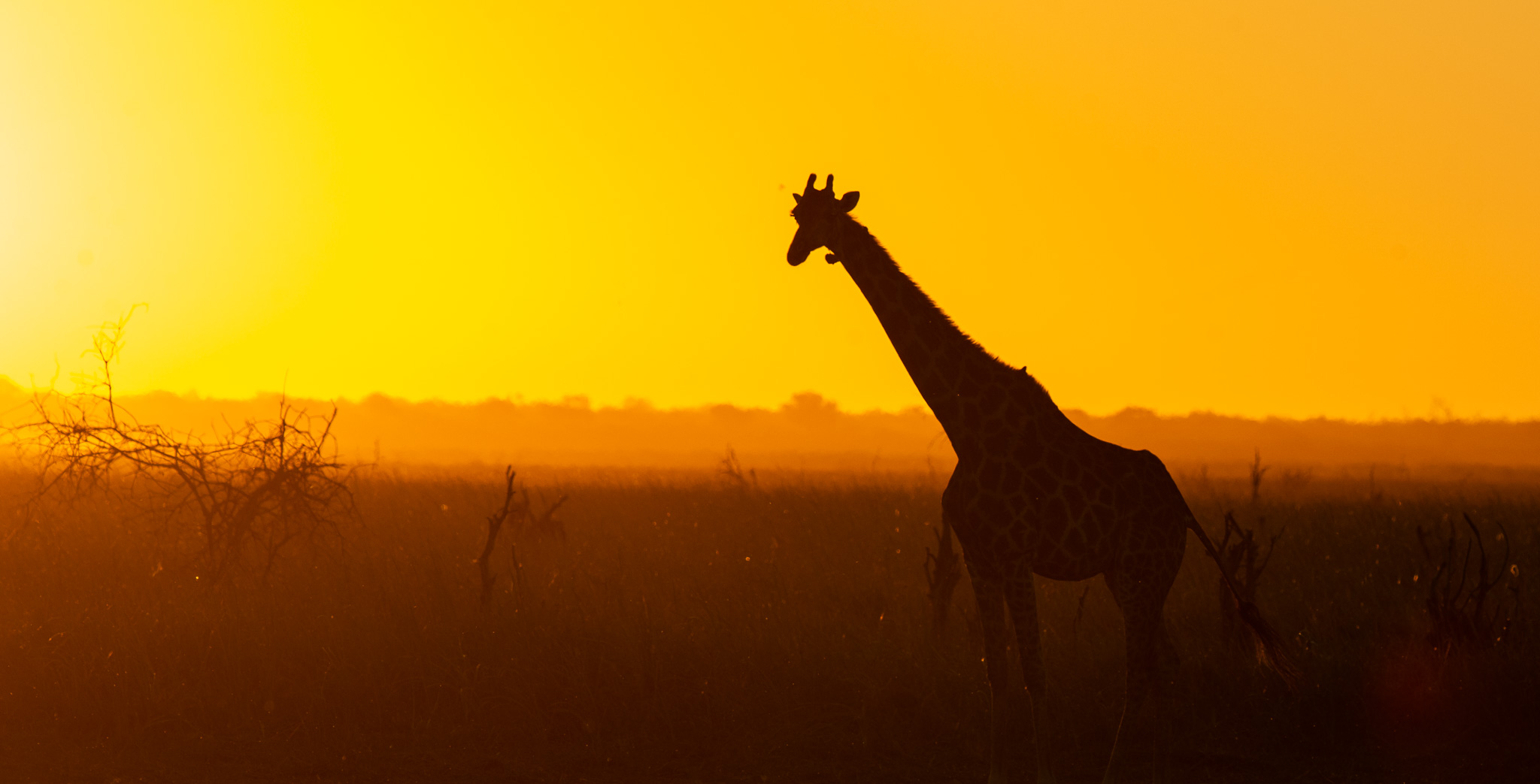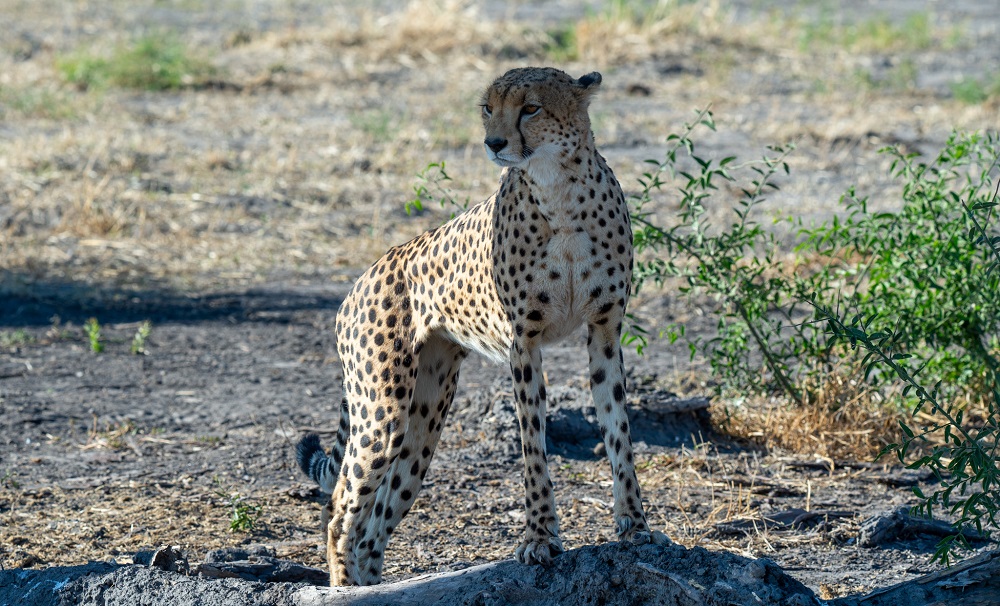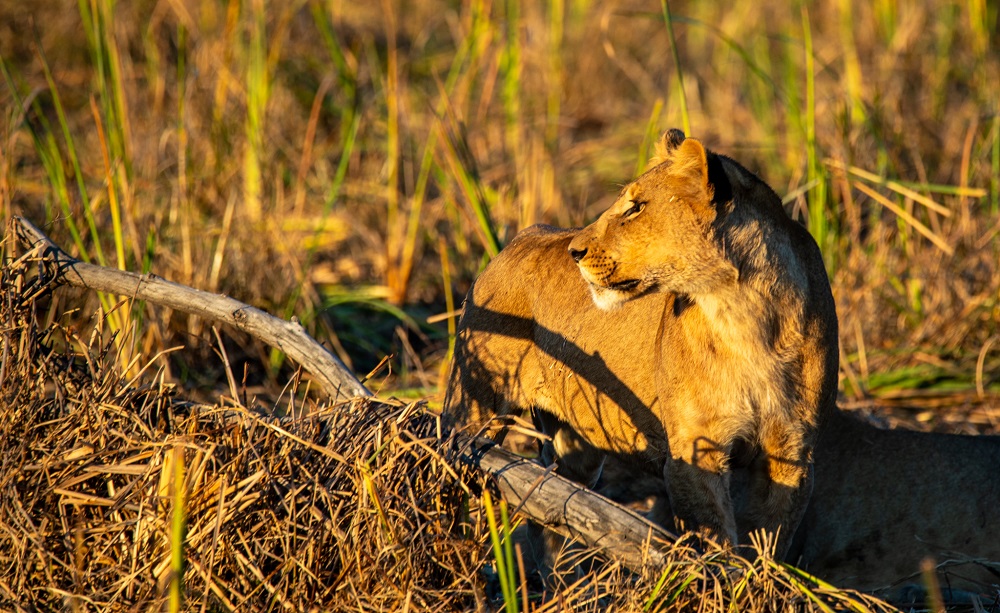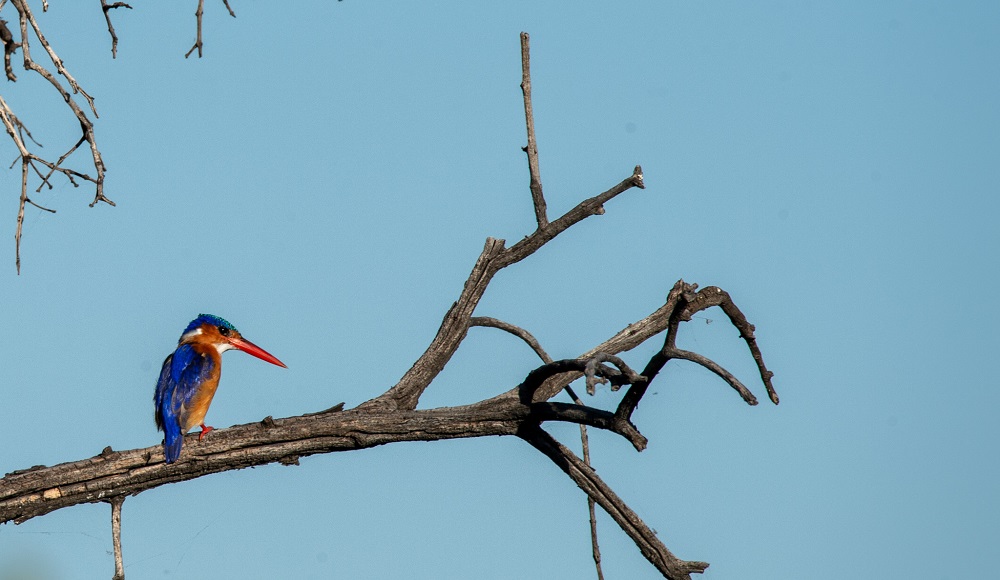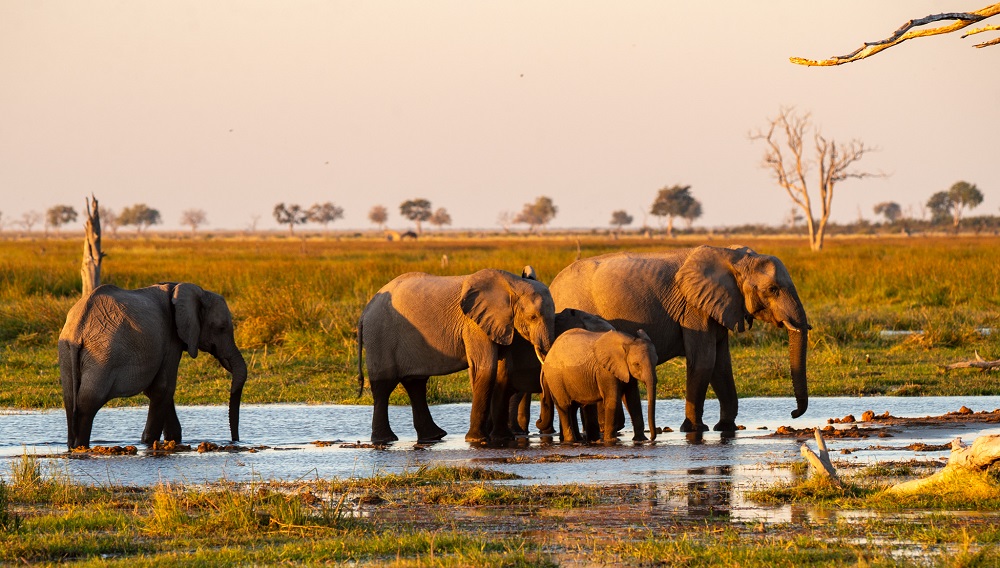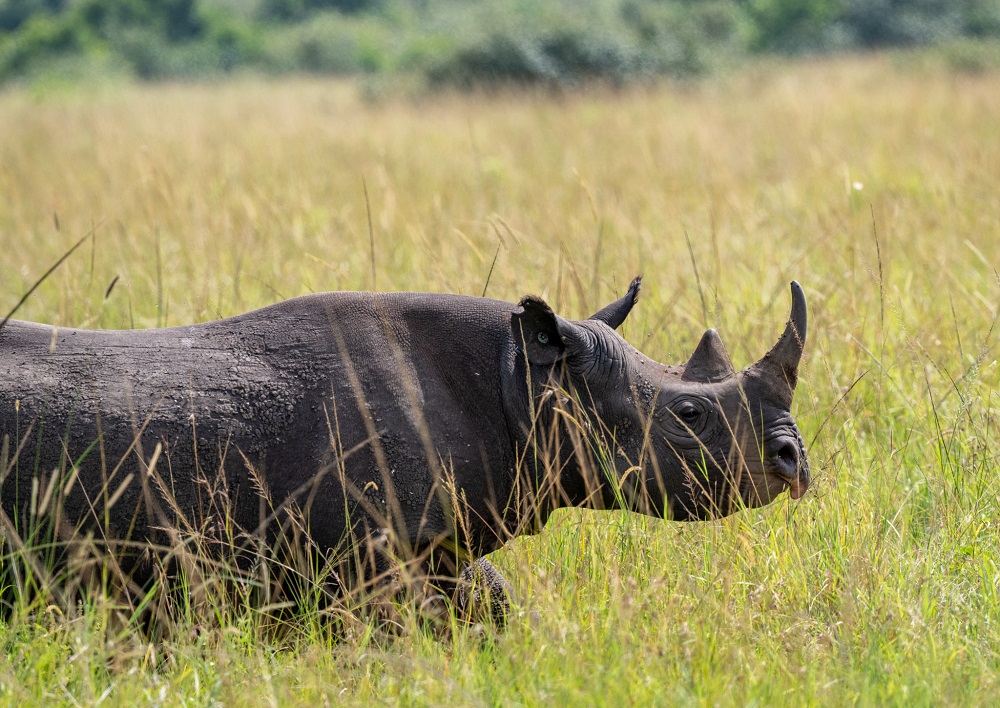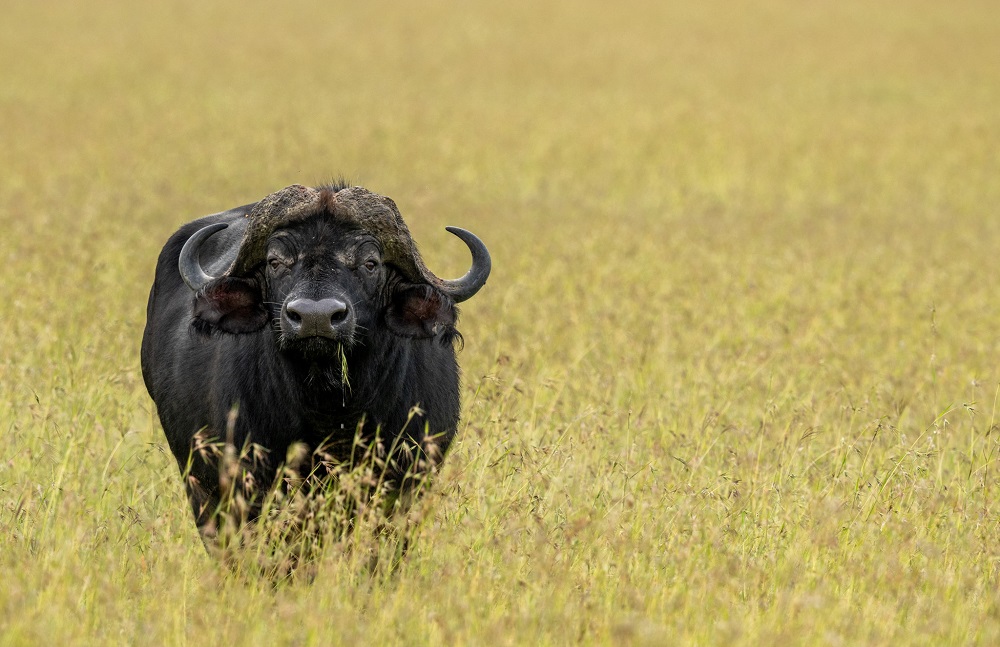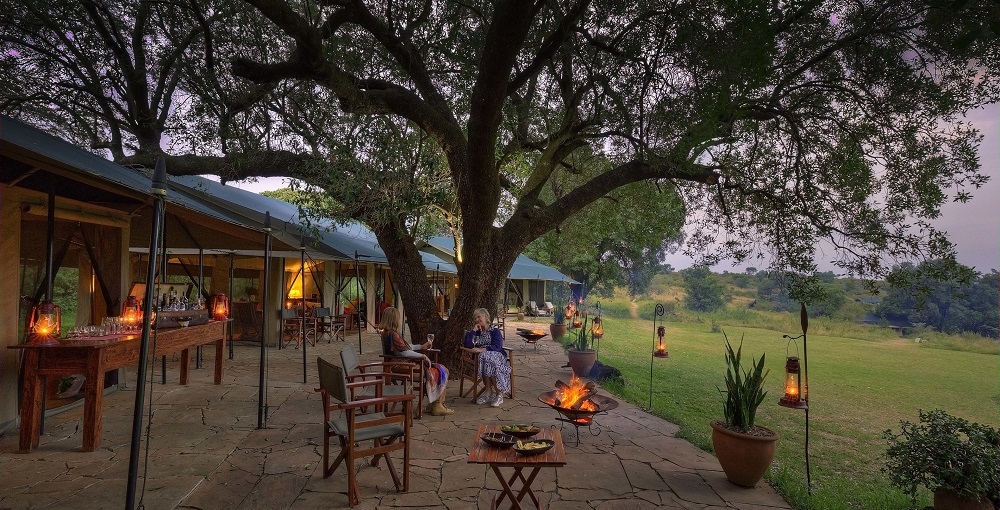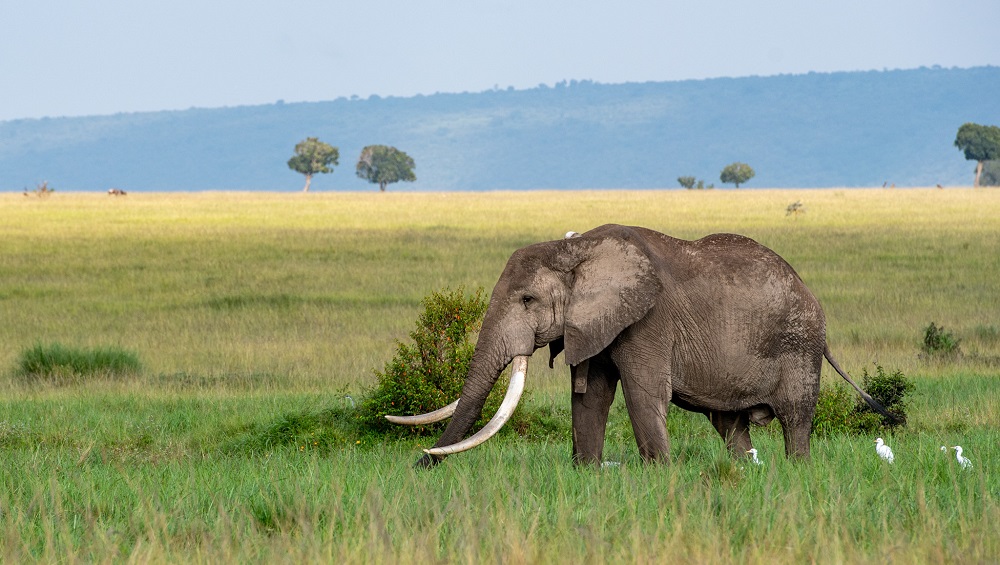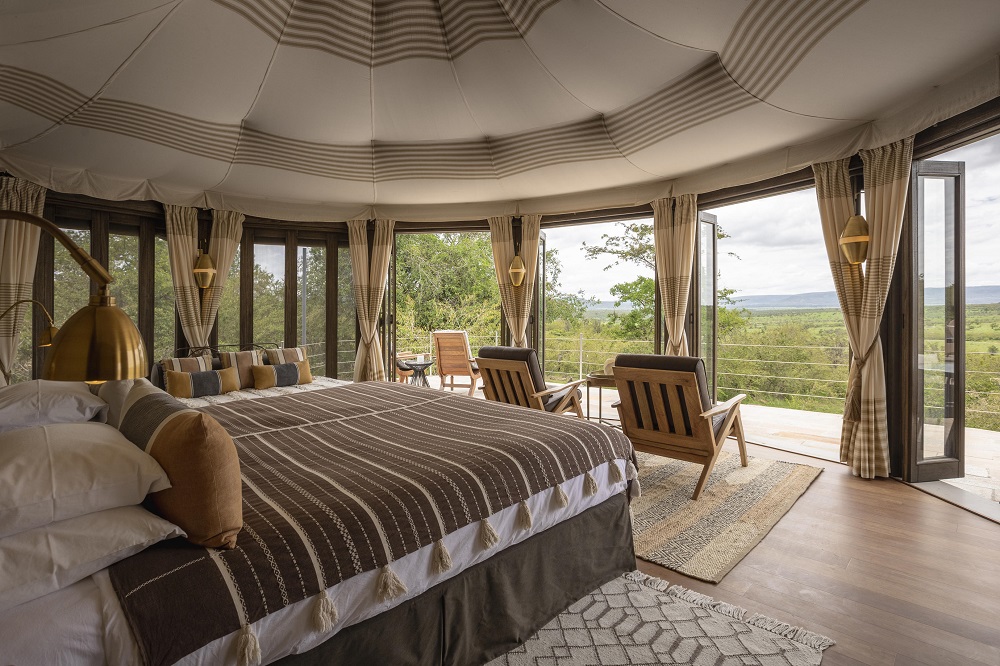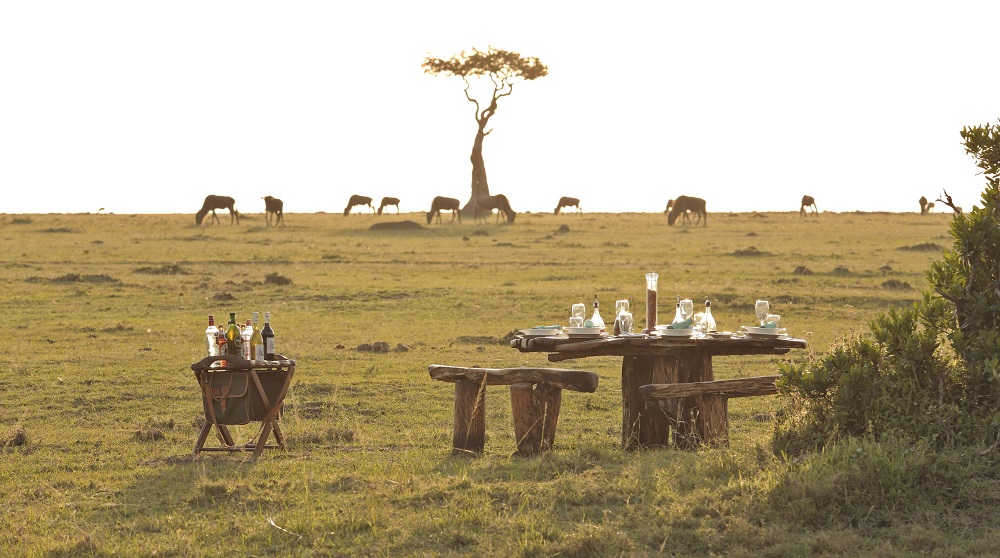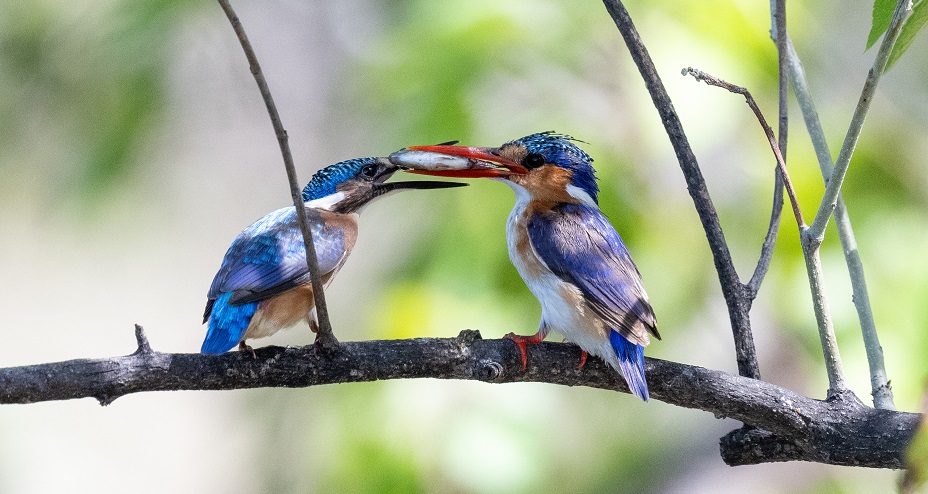Where does one even start with Madagascar? If it were a perfect world, this Texas-size island in the Indian Ocean would be the perfect tourism destination. Fascinating beyond belief with an incredible array of endemic lemurs, baobabs, birds, chameleons, other plant species and more. Beguiling people with babies and young children to be seen literally everywhere. There are gorgeous beaches, world-class diving and snorkeling, some incredibly good food, bird-watching, hiking and an array of cultural experiences. The country is a photographer’s paradise. Also, Madagascar is inexpensive by almost any standard.
Getting there
Lately, Madagascar has become not that difficult to reach from North America. My best suggestion is to spend a few days on safari in Southern or East Africa and then add 10 days or so in Madagascar. Or vice versa. It’s not an overly long flight (about 3 hours) from Johannesburg to TNR/Antananarivo on Africa’s best airline – Airlink. Just slightly longer on KQ (Kenya Airlines) from Nairobi. Other ways to get to Madagascar include a new non-stop service from the mid-east (on Emirates), with the option to continue on to the Seychelles. Madagascar first and then the Seychelles? Why not? Tana can also be reached on Ethiopian Airlines out of Addis Ababa and via Paris/CDG on Air France.
Unrivaled endemicity
This was my third trip to Madagascar and the best one to date. Even for people with only a passing interest in the natural world, Madagascar is one of the most exciting destinations of any. It starts with the extraordinarily high percentage of endemicity of practically everything you see around you: in fact, almost 90 percent of all plant and animal species found in Madagascar are found only there. The 100-plus species of lemurs – Madagascar’s signature mammal species – being the most famous of all. Birds are another good example. Of Madagascar’s 250 or so bird species, almost 120 are endemic. No African country comes even close. Tanzania has a whopping 1,075 bird species but only 33 endemics.
Other Madagascar endemics?
- More than 11,000 plant species, including seven species of baobabs.
- More than 230 reptile species including a fascinating variety of chameleons.
- More than 100 different types of fish, many of which can be seen in easily accessible areas while snorkeling.
Challenges and opportunities
Madagascar has been described as being a ‘charmingly chaotic’ country to visit and indeed, the red island faces innumerable challenges including – but not limited to – abysmally inadequate infrastructure and inexorable environmental degradation. Combine that with ‘elite capture’ of much of the country’s wealth, poor governance, pervasive corruption and the negative impact of natural disasters including several cyclones per year, and the future looks grim.
Even so, increasing tourism is one of Madagascar’s brightest avenues for growth and for improving the prospects of the nearly 25 million Malagasy people who live in poverty, getting by on the equivalent of about one US Dollar per day. Tragically, almost 10 million Malagasy children under 18 are caught up in the cycle of poverty, with as many as 40% suffering from chronic malnutrition and the vast majority being ‘learning poor’ as well. Which means that at age 10 they cannot read or comprehend a simple sentence. This lack of quality education is one of the most important factors in the country’s inability to break the cycle of poverty.
I think it is important for prospective visitors to Madagascar to be well prepared for what awaits them. A simply amazing natural experience but with a backdrop of intractable poverty even though it is not always obvious in the tourism areas. It is only when driving – and passing through some of the villages in outlying areas – that one is confronted with the squalor which goes hand in hand with extreme poverty.
By making a decision to go there, you will be making a positive impact. Just by being there and spending tourist dollars. If you love lemurs (and I have no doubt you will after your first trip to Madagascar) you may want to support the Duke University Lemur Center at lemur.duke.edu. They do a great job of supporting lemurs in Madagascar and lemur research at Duke University. As a company, Fish Eagle Safaris makes a contribution to their Madagascar Conservation program each year. They need all the help they can get.
Antananarivo
Like so many other visitors before us, we spent our first night back in Madagascar in Antananarivo, Madagascar’s near mile-high capital located in the central highlands. This time, we were fortunate to end up at the excellent Maison Gallieni, a boutique hotel on the edge of downtown. This imposing structure – with simply wonderful interior architecture – doubles as the official residence of Monaco’s Consul General to Madagascar. A discreet barrier at the lower end of a set of stairs separates the hotel (downstairs) from the home (upstairs). The Consul General was not in residence, we were told. Not that it would have made a difference, I am sure. Maybe the water would have been hot.
We liked the large room with a bath and separate shower and very much enjoyed a good, homestyle dinner. Fortunately the management’s ill-advised idea to put us at the same table with a young couple from China came to nought when the young couple caught the flu (or something) and wisely decided to occupy a different part of the dining room. We nodded in their direction politely and pretended to ignore their sniffles. Breakfast the next morning (the young couple beat us to it) was even better. Great coffee – par for the course everywhere in Madagascar – fresh fruit, vanilla yogurt, delicious crepes, freshly made toast, honey and jam. I could do that again.
Not so great about Maison Gallieni? Exclusively French TV channels and some dogs barking well into the night. And a pet peeve of mine: lukewarm ‘hot’ water.
Arriving in Tana
Earlier that day, we arrived at Ivato Airport (TNR) on a predictably on time flight from the ever-efficient Airlink. As always, in-flight service was brisk and the light meal/snack was as fresh and nicely prepared as one could hope for. This airline is setting an incredibly high standard for Southern African regional travel and it is the one to book for any of your local and regional flights in the area.
Clearly Ivato Airport had undergone a major upgrade since my last visit which was in 2019. Its new arrivals terminal (opened in Dec. 2021), which serves both international and regional flights, was all glass and modern looking; a complete turnaround from the ghastly old airport, now used for domestic flights.
Unlike the old days, when getting your Madagascar visa was a bit like being in a rugby scrum, the process is now properly structured, with several lines, one being specifically for holders of foreign passports. While the process was slow, we had our ‘free’ visas in under an hour at a cost of US$37 for a trip lasting 15 days or more; US$10 for a trip lasting up to 14 days total. You can pay in USD cash or Euros.
Traffic, traffic, traffic
Ivato Airport is only 20 km (12 miles) from downtown Tana but distance is meaningless in Madagascar and even more so in Tana. Urban planning is an oxymoron in this city and the reality of driving in Madagascar hits you like a splash of cold water in the face at the very first turn. Don’t be looking for stoplights – there aren’t any. Only traffic circles and other junctions where forward motion has more to do with your driver’s style and mood (aggressive, indifferent, patient, creative – usually a mix of those) than with anything else. The traffic is almost always ‘heavy’, sometimes impossibly so. Getting angry and upset isn’t going to shorten the journey so anticipate delays, get your AirPods in and listen to Taylor Swift. Or look around and marvel at the bizarre mix of vehicles sharing the road. Wheelbarrows and oxcarts. Motor bikes, pousse-pousses (rickshaws), taxi brousses (minibusses), ancient Citroen 2CV’s, some dating back to the 1980’s. Massive trucks. Massively overloaded bicycles. Pedestrians everywhere, constantly executing seemingly life-threatening street crossings, evading disaster by just inches. Routinely and repeatedly. It is nothing short of theater for anyone who stops at stop signs and who respects the concept of right of way.
For the next several days our driver-guide was Lalla. The nicest, most gentle and practically grandfatherly person and admirably suited for the job. He was fun to be around, knew everything (and everyone along the route), liked to discuss anything we brought up and had a fine, dry sense of humor. His nice 4-wheel drive Toyota Prada vehicle was clean and relatively new. We felt safe and secure with Lalla the entire time.
Our objective for the day was to make it to Andasibe in the east, usually a drive of around 3.5 to 4 hours or so. Depending on the traffic of course. Departing from the hotel at 9:00 am we had a little time to kill waiting for the morning traffic to abate. Lalla took us on a mini guided tour, starting with the highest point of the city, known as Haute-Ville. The main attraction here is the imposing Queens Palace which looms over the entire city from its highest point. The palace, which dates back to 1867, when it was reconstructed with an outer stone structure during the reign of Queen Ranavalona II, was largely destroyed by fire in 1995. Now almost fully restored, the compound can be visited. At a lookout point – with fine views over the city – we got out of the car for some photographs and Kathy supported the local economy, purchasing a small hand-made musical instrument.
‘Heavy’ goes with traffic in Tana like ‘grave’ with danger in A Few Good Men. There is no other kind. As we experienced again that morning on the way to Andasibe, traveling due east. To be sure, it gradually lessened but by then we were miles out of the city. Overall, the road to the east is in good but not great condition with some very rough spots and big potholes. It is baffling as to why the local authorities neglect the maintenance on this vital corridor (for both tourism and commerce) to the extent that they do. We encountered lots of heavy vehicle traffic coming from the port city of Tamatave which lies at the easternmost terminal point of the road. There is a working railroad between Tamatave and Tana but it seems to be very much underutilized. If I had to take a wild guess, it probably has something to do with the distribution of revenue from road transportation. A topic for a different discussion.
We made two stops en route to Andasibe. The first one for about 90 minutes at Peyrieras, a small private reserve where a weird collection of animals including chameleons, frogs, snakes, and geckos are kept in captivity in large outdoor structures. Clearly not everyone’s cup of tea but a good opportunity for close up action shots of chameleons feeding. And to see some rare nocturnal creatures.
The second stop resulted in nothing more exotic than a couple of pizzas, but they were good too, and cheap.
Andasibe-Mantadia – eastern rainforest
With the initial traffic, chameleon photo delay and lunch stop, and getting some Madagascar Ariary out of an ATM en route, we did not actually make it to Andasibe until about 5 pm. Our first two nights there were at a simply excellent lodge – Manjarano – which is in the same stable as Vakona Lodge. We liked our comfortable air-conditioned room, the beautiful grounds and the remote feeling of the area, well away from the hustle and bustle of Andasibe village. We were soon to experience the lodge’s secret weapon which is the food. It was beyond good, simply stellar. The meringue with passionfruit filling was one of the best desserts I’ve ever had. The main courses were pretty spectacular too. And for breakfast, the delicate ‘pain au raisin’ (raisin brioche) was the best of the entire trip. Excellent coffee and perfectly prepared red beans – we knew exactly what to order on the second morning there.
Then we were off to find some lemurs at Analamazoatra Special Reserve. This was to be my third visit to this relatively small Andasibe forest reserve and yet again it did not disappoint. The two worst things that could happen to you there is to pick up a small leech in the process (both Kathy and I did) or to bump into a large group of overly boisterous visitors. It is hardly surprising that first time visitors get vocal upon witnessing the astonishing athleticism of indri and sifakas – especially when these spectacular animals move rapidly through the forest. It is an experience which ranks up there with seeing whales breaching or wild dogs on the hunt. Something so beyond one’s normal frame of reference that it is easy to forget that you are in a forest. Where decorum is important. About the leeches: they are harmless despite their icky appearance. Easy to remove.
This morning, our local forest guide Bari led us on a walk of about four hours total, mostly inside and on the edge of this fairly thick secondary forest, mostly famous for being home to a couple or so families of Madagascar’s signature lemur species, the indri. We found a total of about 15 indri in various spots in the forest, initially mostly quite high up in a severely backlit situation which made photography challenging, to put it mildly. We also had some nice views of diademed sifaka, eastern bamboo lemur, common brown lemur and wooly lemur.
On a couple of occasions – twice with indris and once with the sifakas – the animals were against a reasonably neutral or mostly green background. Bingo! The result was a handful of quite pleasing exposures. Particularly a few showing a female with a baby. I happened to find a good angle and the family pair of indris – which are notoriously difficult to photograph – were just in the right spot for a few minutes. Everyone else had left but we stuck around and then it happened: a tiny baby stuck its head up and looked right at its mother.
Of course we also took the time to just lean back and enjoy the experience. The prodigious athleticism of these animals is flat out amazing. Seemingly effortlessly they hurl themselves – sometimes in what appears to be a near horizontal plane – from one branch to another covering several meters in split seconds. In a heavily wooded environment with lots of undergrowth. Even the most innocuous looking – some may even say dumpy – common brown lemurs turn into hairy, featherlight bundles of explosive muscle when they are on the move. Easy. Free. And 100% controlled and accurate with no stumbling or hesitancy or halfheartedness.
Down on the ground, the diademed sifakas may appear to be somewhat ungainly – maybe even a bit clumsy. In their element they’re anything but. In fact, they are arrows when moving quickly through vegetation and rockets when scaling tall tree trunks. And just flat out gorgeous when they take a breather to feed, allowing the gawkers in the forest to fully appreciate their beauty and uniqueness. I think many people pick the diademed and other sifakas like Coquerel’s and Verreaux, as their favorite species of lemur because they are more approachable and not quite as distant as the magnificent indri.
Vakona Island private reserve
Our second activity of the day was an early afternoon visit to Vakona Island Private Reserve. Essentially a collection of about five different species of lemurs confined to a small island where they are fed daily. It will take you all of two minutes to realize that the lemurs are habituated to the presence of guests so they do get very close. Sometimes too close. Vakona Island creates an opportunity for visitors to see common brown, black-and-white ruffed lemurs and others close up and to get some photos which would take days to obtain in a more natural environment. So while the setting is far from ideal, it serves an educational purpose as well as being a refuge for animals which may otherwise be in cages or vulnerable situations. Vakona Island Reserve gets very busy in the high season from July through November or so, so by all means go early. Even then you may run into some boisterous tour groups.
From there we walked around a crocodile farm/lake which we’d suggest our guests could give a wide berth. It may be mildly interesting to people who have never seen a crocodile.
A night walk from the parking area of Vakona Lodge was a dud. Mostly because it was already well into winter when there is less nocturnal activity. We saw a few small chameleons and a couple of sportive lemurs high up in trees. Night walks are something to consider for the warmer months. Be sure to bring a headlamp for the walk, it would be easy to misstep on this hike at night and there were several areas (slippery up and down spots and abrupt drop-offs) which presented a significantly hazardous situation.
V.O.I.M.M.A. Community Reserve
The following morning we spent three hours on a walk with capable forest guide Claudia at V.O.I.M.M.A. Community Reserve. This community-operated reserve is similar to the government-run Analamazoatra Park (they are separated by a small river); it is just smaller at 38 hectares. Even so, the reserve offers good habitat with indri, common brown and eastern gray lemurs, as well as many species of birds to be seen. Highlights on the day were sightings of common brown lemurs, an indri family moving through the forest and good views of a Madagascar pygmy kingfisher as well as Madagascar ibis and red-fronted coua.
We enjoyed lunch at Marie’s Lodge, a popular spot known for its authentic local specials including a Malagasy soup with noodles and zebu (beef) with rice and tomato. Their pizza also gets pretty good reviews. We’re not talking gourmet food here, just a good value local spot to grab something after a hike.
Andasibe village market
I have lately been better about getting out of my photographic comfort zone which is stalking birds and mammals with a long lens, with a few scenic shots thrown in every now and then. Candid and casually posed people shots are a different kettle of fish as they ‘talk back’ and take a little bit of negotiating to set up and execute. There were just so many opportunities in Madagascar to get out of the vehicle and mix it up with the locals that even I couldn’t resist. The first good opportunity was an afternoon village market which takes place every Saturday in the main street in Andasibe Village. Some heavy rain had threatened to spoil the fun but it cleared and by 3 pm or so, we were strolling down the still wet street. There were permanent and temporary stalls left and right, offering mostly foodstuffs like vegetables, fresh meats, eggs, cooked noodles, mushrooms, spices, rice and beans, but also toys, used and new clothing and nick nacks of every description. I think both Kathy and I enjoyed the proximity with the locals, making an instant connection with some kids, and rewarding them with a few bonbons. The spontaneity was refreshing, and the children were completely natural and unaffected.
For the last two nights in the Andasibe area, we moved to Mantadia Lodge. We had a perfectly nice room which was climate controlled, had a good – hot – shower, and decent lighting in a pretty garden setting. The only negative was a weird bed with a base which was much bigger than the mattress, making for an awkward and even potentially dangerous situation (scraping your legs) when walking around the bed and getting into and out of it. With around 26 rooms, Mantadia is considerably larger than many of the lodges we usually recommend. All-round it is perfectly fine, with good food, friendly staff, and excellent location being closer to the entrance to the special reserve.
Mantadia National Park
On our last full day in the Andasibe area, I took a somewhat quixotic trip – it was raining – into Mantadia National Park. It was my third visit to this remarkable forest. Mantadia overshadows the much smaller secondary forest of Analamazoatra in every way, being several times its size. With usually just a few other visitors around, Mantadia should be high on anyone’s list of places to explore in the Andasibe area.
There’s a caveat. The forest is not easy to get to. It is about one hour from the town of Andasibe in a four wheel drive vehicle to the entrance of the park. And an additional hour from there to the parking area at the main trailhead. While the road is certainly bad by any standard, it is no worse than it has been in previous years. I would suggest departing from your Andasibe accommodation no later than 6:00 am in order to make it into the park at a reasonable time.
Mantadia National Park is massive – measuring over 20,000 hectares – and it is a simply spectacular intact forest known for some special lemurs like the black-and-white ruffed. It also has diademed sifakas and indris. Botanists, too, will not be disappointed as the dense, humid forest contains lianas (climbing vines), moss, fern trees, precious woods such as palisander and ebony, and over 100 species of orchid.
Over 100 species of birds make the reserve their home, many of which are endemic such as the Madagascar green sunbird, Madagascar falcon, Madagascar long-eared owl and the Madagascar wagtail. Visiting birdwatchers will also be on the lookout for several very special ground rollers, being the scaly, rufous-headed, pitta-like and short-legged ground rollers. On a previous visit I was fortunate to get some great views – and not so great photos – of the pitta-like ground roller. Top of my wish list for the day was to get a crisp photo of this elusive bird. Alas, it was not to be. For much of the morning it rained lightly, visibility was poor and the birds were quiet. My photo date with the pitta-like ground roller will have to wait for another time.
Incidentally, the following day dawned clear and sunny, and it would have been ideal for a visit to Mantadia. Keep your schedule flexible.
Back to Tana
For once, and rather surprisingly, it ended up being a relatively easy drive back from Andasibe to Tana, where we arrived just after 1 pm. The city was gearing up for the impending Independence Day celebrations coming up in a couple of days’ time, on June 26.
Hotel Palissandre
Our digs for the night were the Hotel Palissandre. Having spent a couple of nights there many years ago, it felt like nothing much had changed beyond the expected in-room updates. Overall, the Palissandre retains a 1960’s ambience and appearance. Without trying to be ironic about it. The two things which we liked most about the hotel 20-plus years ago had not changed. It still has a good location overlooking the old market and a great view over the city, particularly in late afternoon light.
The food was excellent too, notably a couple of lunch offerings – one a crab bisque and the other a potato-based soup with what looked like mini ham and cheese sandwich ‘croutons’. Who knew that a croque monsieur sandwich could show up in a bowl of soup? We weren’t quite as impressed with the much reduced number of choices on the ‘half board’ dinner menu compared with the regular a la carte menu. Not that the food was any less tasty – it’s just not a great feeling to get the ‘kids table at Thanksgiving’ treatment.
Festivities associated with the coming Independence Day celebrations were quite audible that evening from our room. Fortunately the commotion (singing/dancing & loud rhythmic music) died down just before midnight, by which time even the barking of some unduly excited dogs could not deter us from sleep.
Our tour operator underestimated the duration of the drive from the hotel to the airport the following morning. By quite a margin. Fortunately the scheduled charter flight to Anjajavy – a 10 seater Cessna Caravan – turned out to have only two passengers. Us. Which resulted in a departure delay of 40 minutes being no big deal. I would not want a redo on the harrowing drive to the airport though. Way too stressful an experience for Madagascar which ranks very high in the laidback category.
The fact that we were the only two passengers on the aircraft did not dissuade the charter company from charging us a tidy sum for excess luggage (mostly in the form of camera equipment). With just two persons on a plane which can take 10 pax plus luggage, this bordered on extortion. Bureaucracy runs very deep in Madagascar; the Malagasy inherited it from the French who are of course the undisputed champions. So in Madagascar the rules are the rules (when it suits the enforcing authority) and common sense is often severely lacking. The rigorous security screening before a private charter flight was equally bizarre and uncalled for.
Prospective visitors take note: if there are private or scheduled charter flights on your itinerary, chances are that sooner or later someone is going to actually weigh you, your main bag(s) and your hand luggage. If you’re overweight, there is no appeal and nowhere to go. Have some cash in the form of Euros or Ariary or your Visa card ready.
Our destination for the next couple of nights would be Anjajavy Le Lodge, a superb resort on Madagascar’s northwest coast. Read more about Anjajavy on this blog post.
Madagascar itineraries
We have developed a couple of new itineraries for Madagascar which will enable visitors to optimize their stay and not waste too much time on the road. The two itineraries are for the eastern montane rainforests (Andasibe-Mantadia area, mostly lemur-focused) and for the north (Montagne D’Ambre, Ankarana Forest and Nosy Komba) where the experience will be a mix of nature exploration and wildlife observation, with forest hiking, lemur observation, snorkeling and ending with several days at a premier beach resort.
Either of the two itineraries can be extended with excursions to one of these areas:
- Anjajavy Le Lodge on the northwestern coast in dry deciduous forest habitat
- Tsara Komba resort, tucked away in a secluded spot on Nosy Komba island, in the northern Nosy Be Archipelago
- The wild and exciting Masoala Peninsula on the north-eastern coast
Part 2 of the blog covering our onward journey in Madagascar to the north (Ankarana Forest, the Red Tsingy and Tsara Komba resort on the island of Nosy Komba) will be published in our August newsletter.
For recommendations about visiting Madagascar, email Bert at bert@fisheaglesafaris.com or call our Houston office at 1-800 513-5222 any time.


